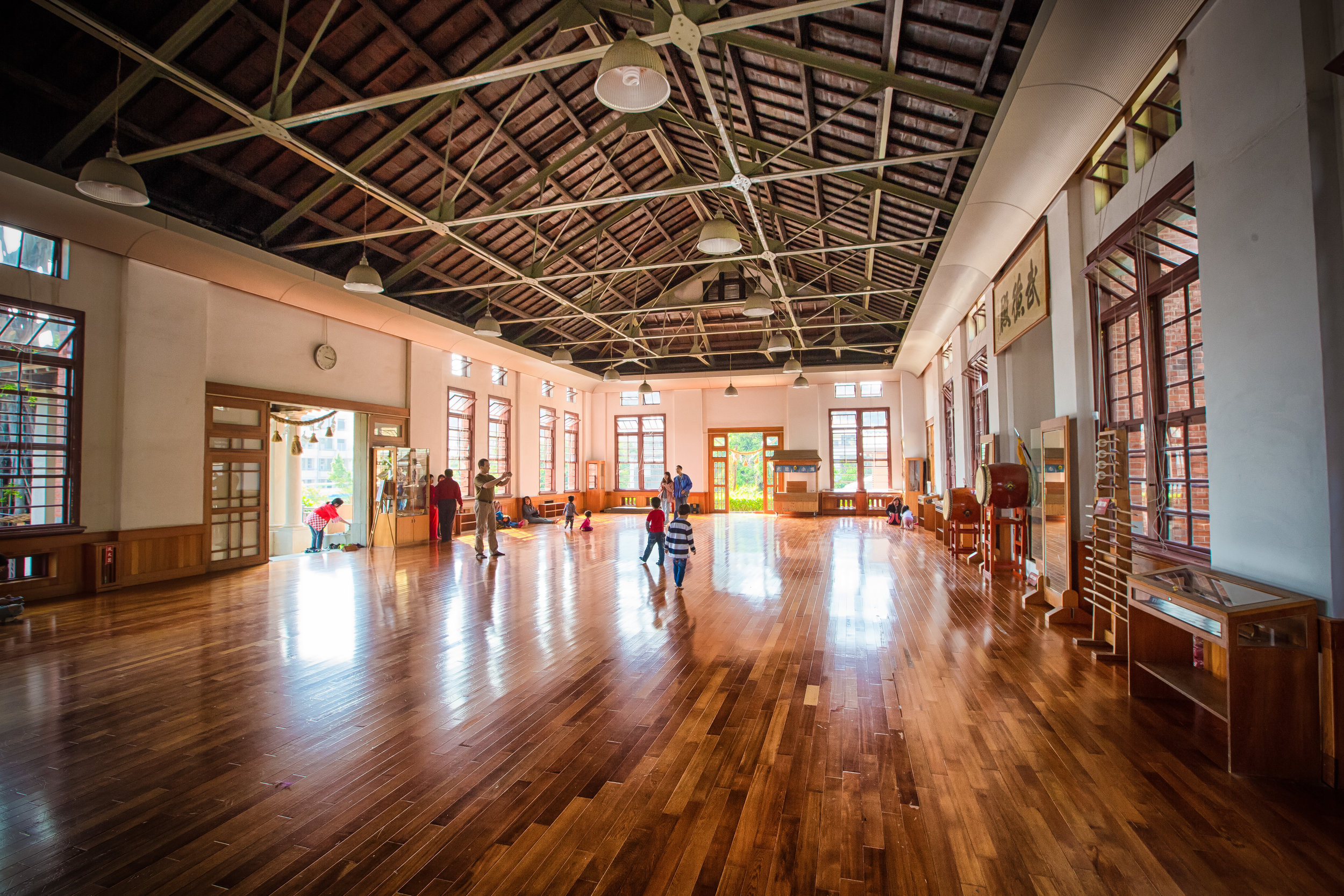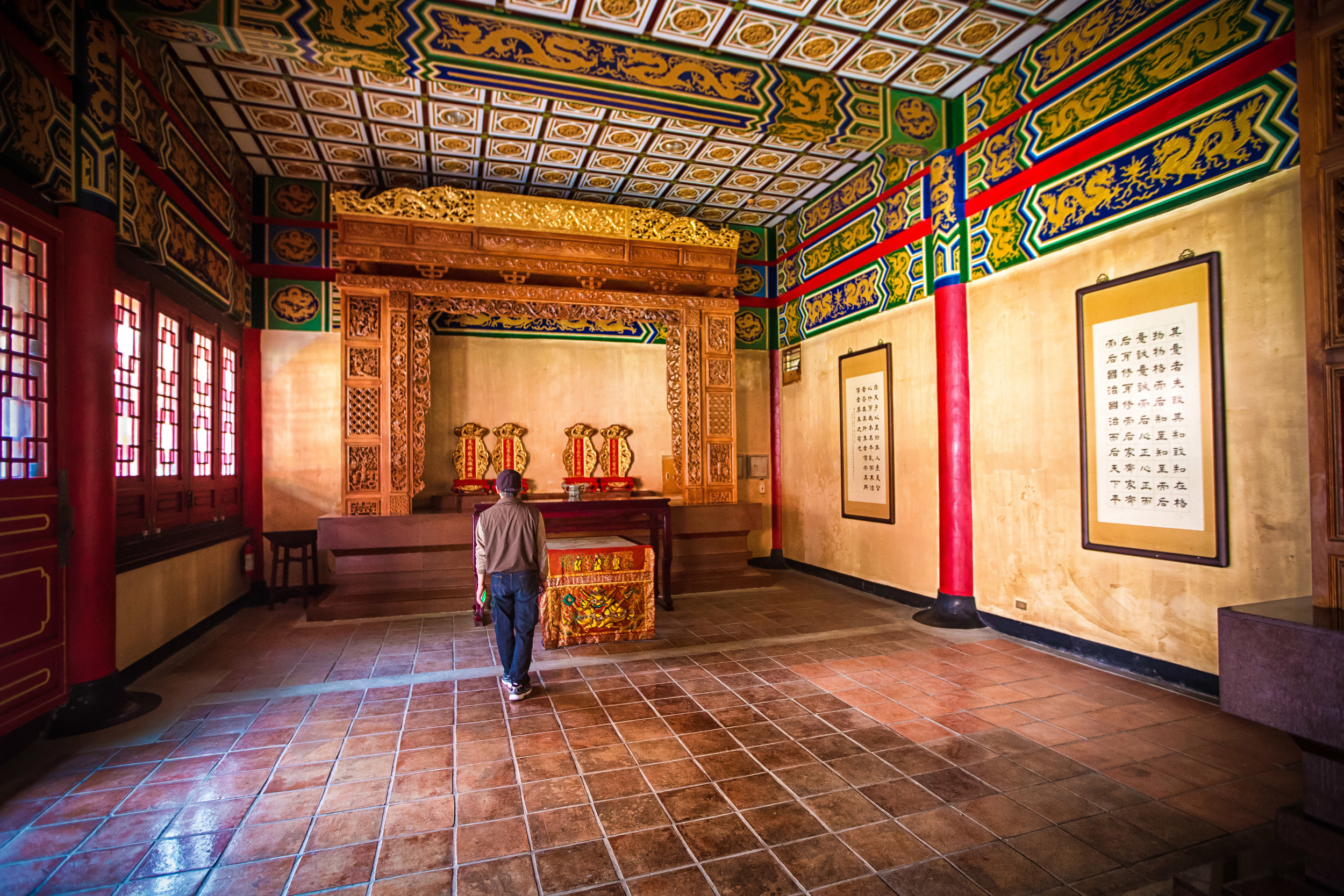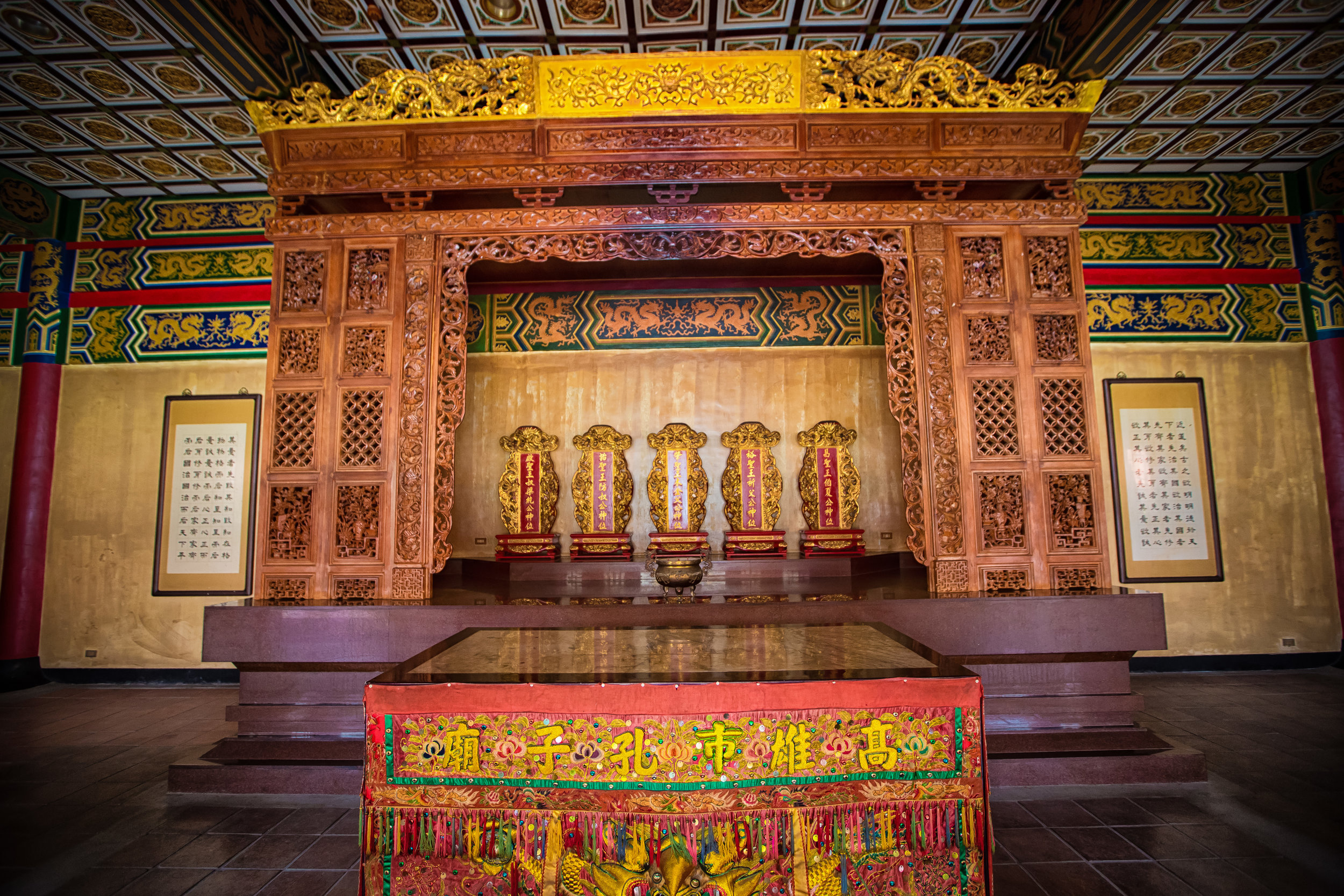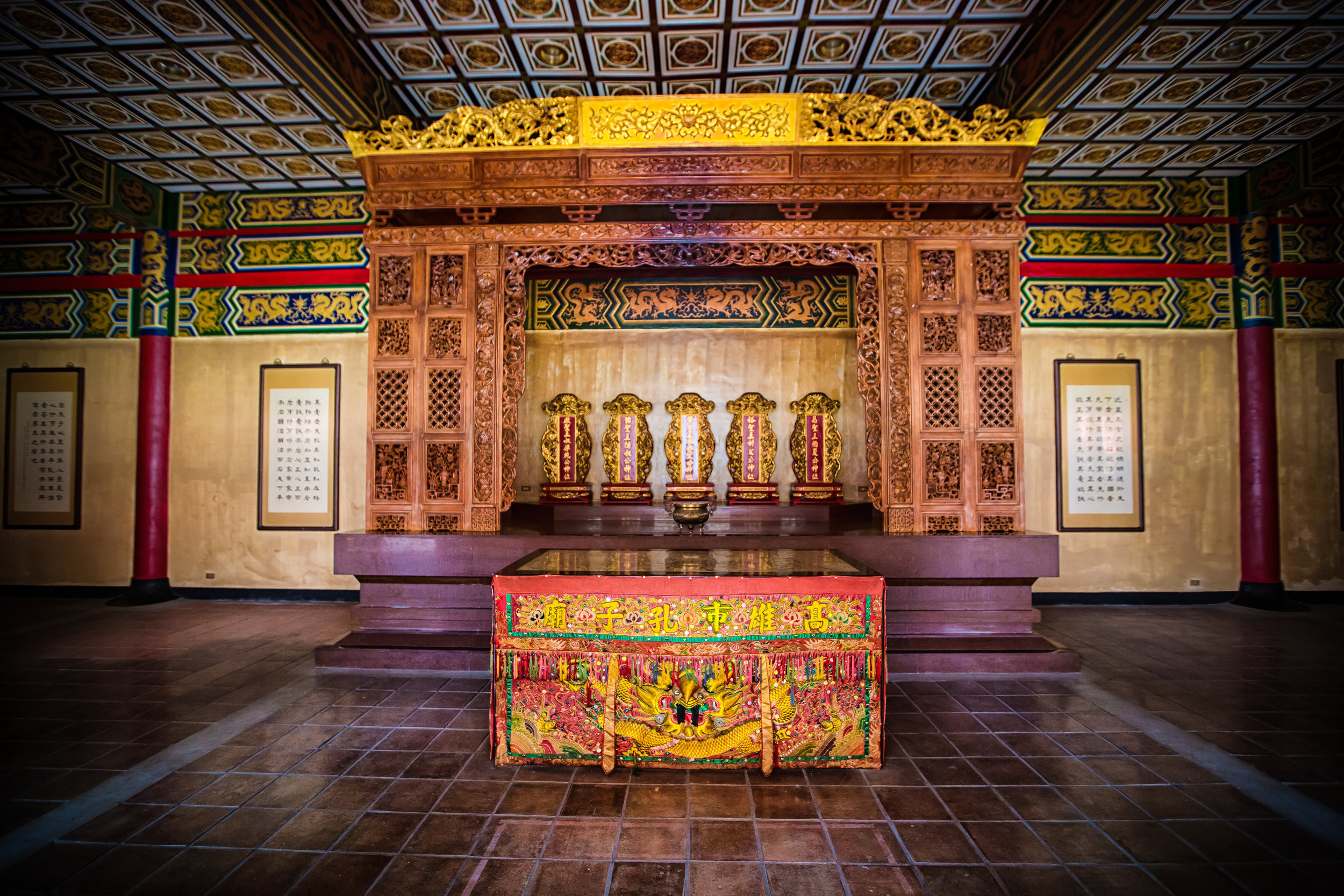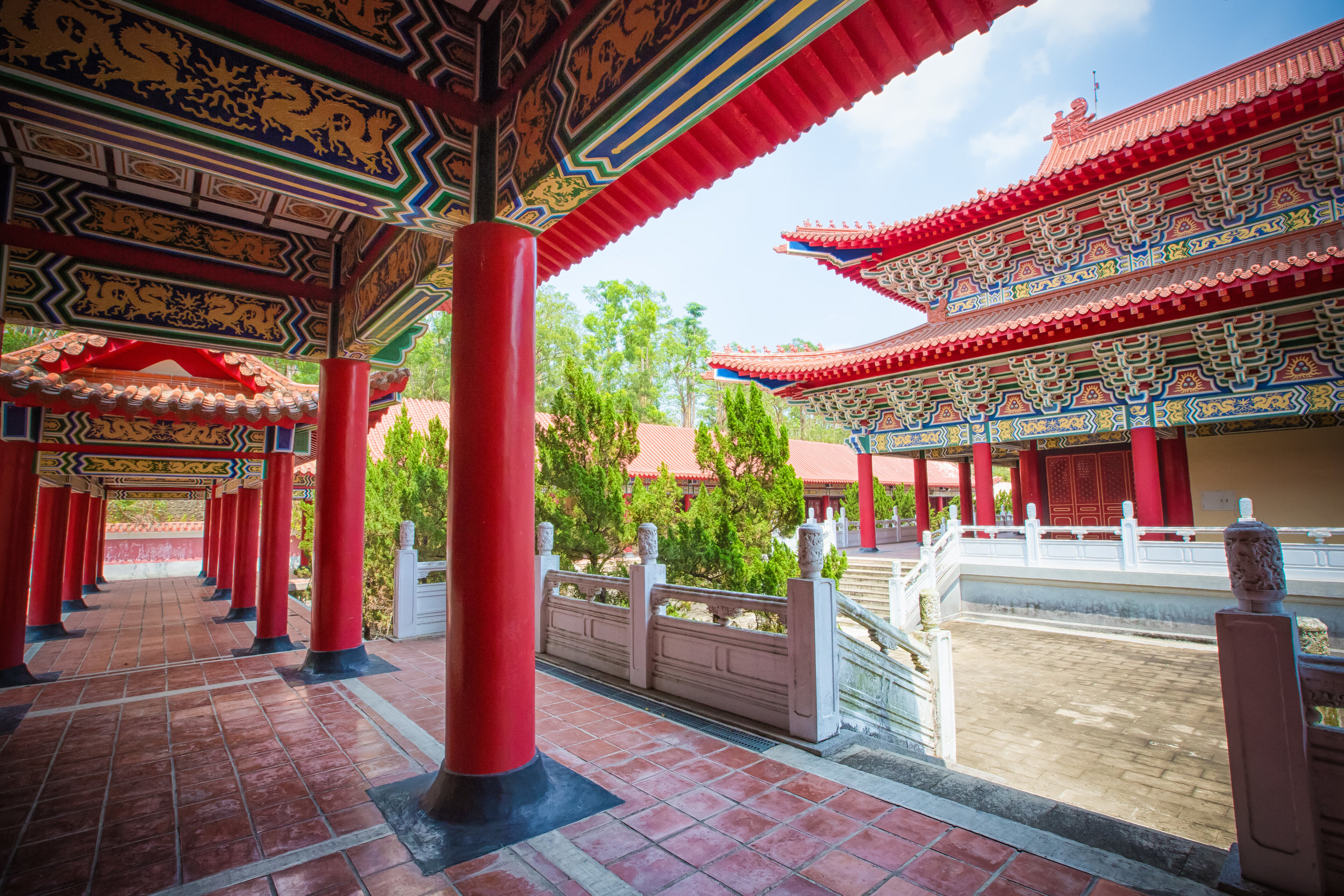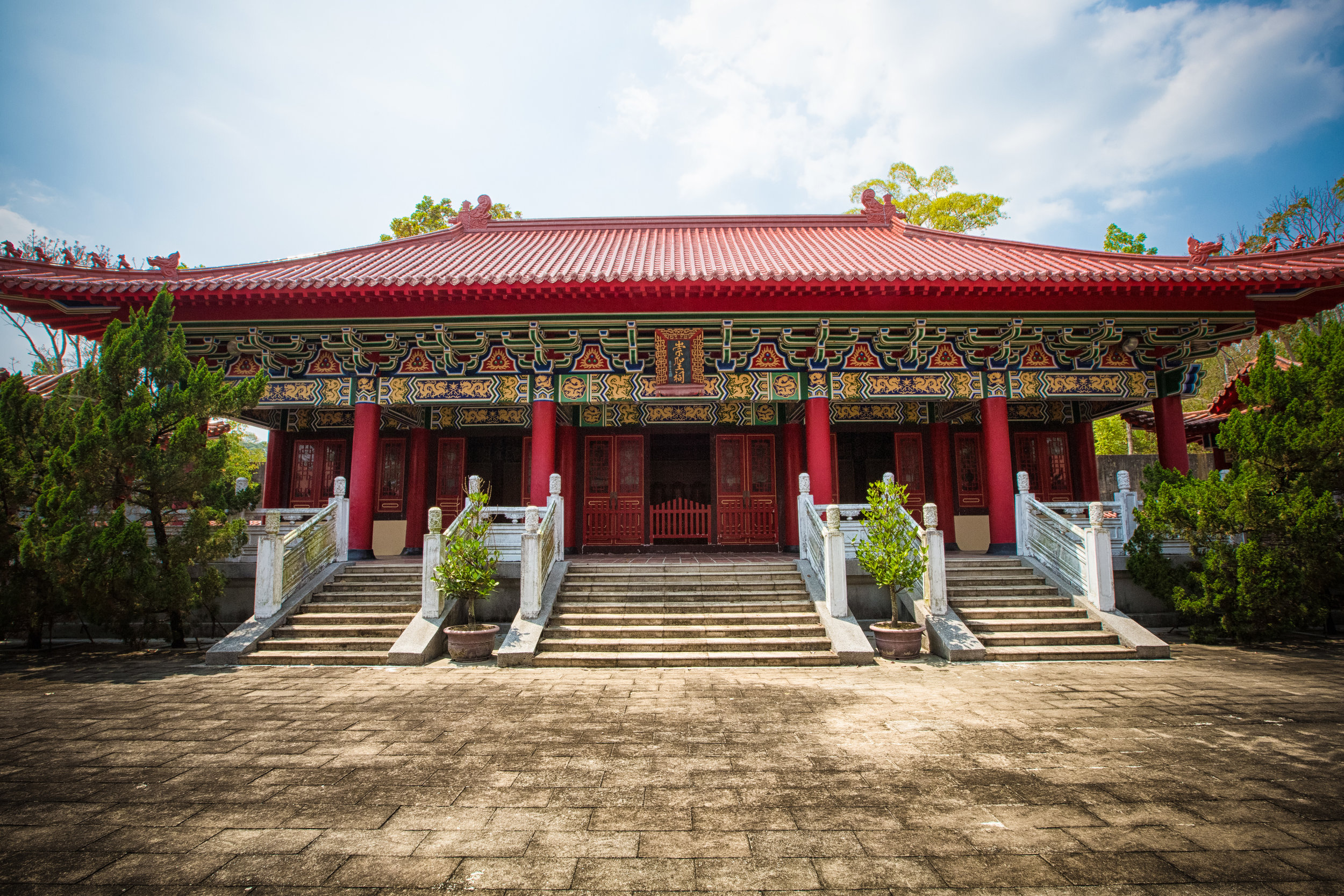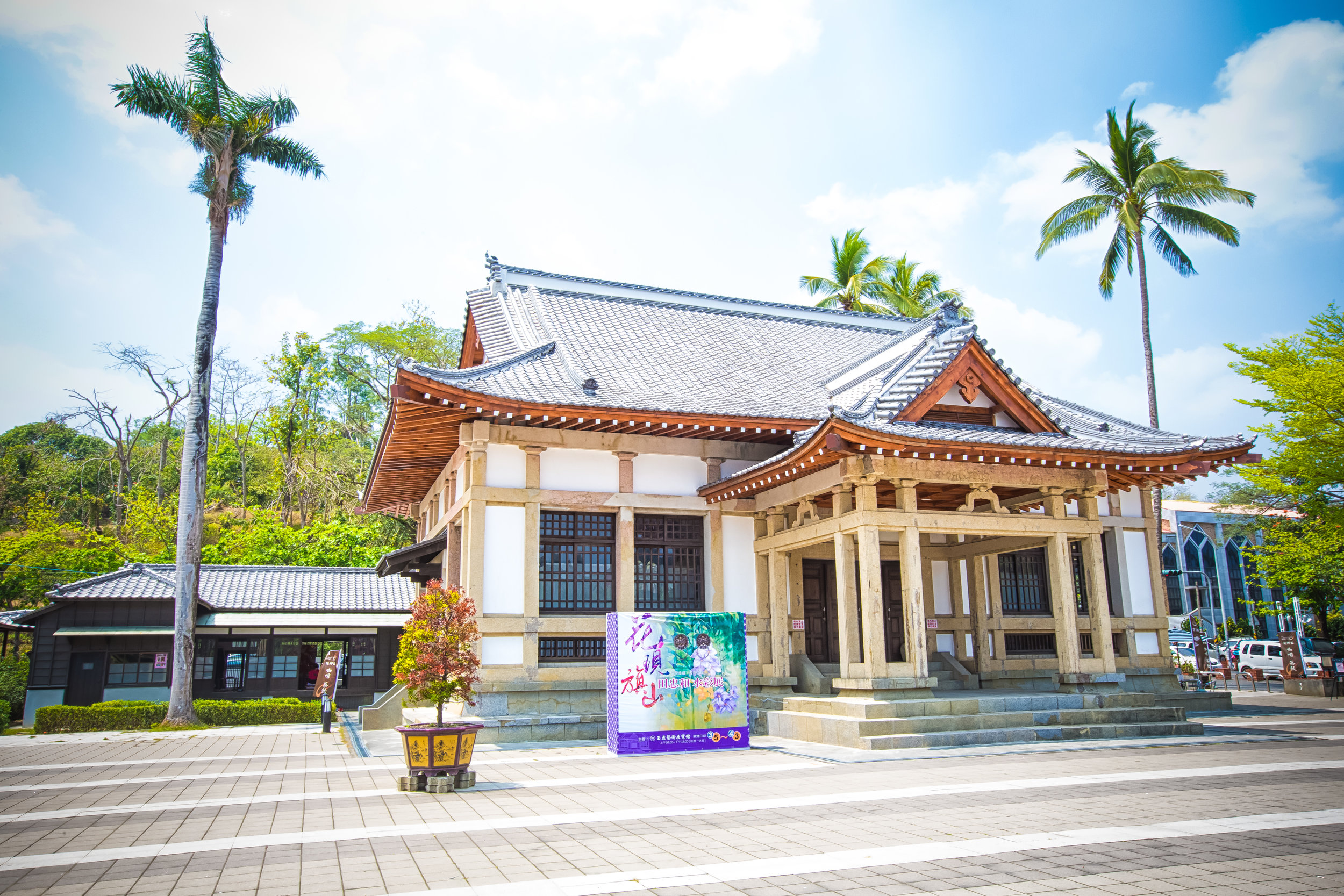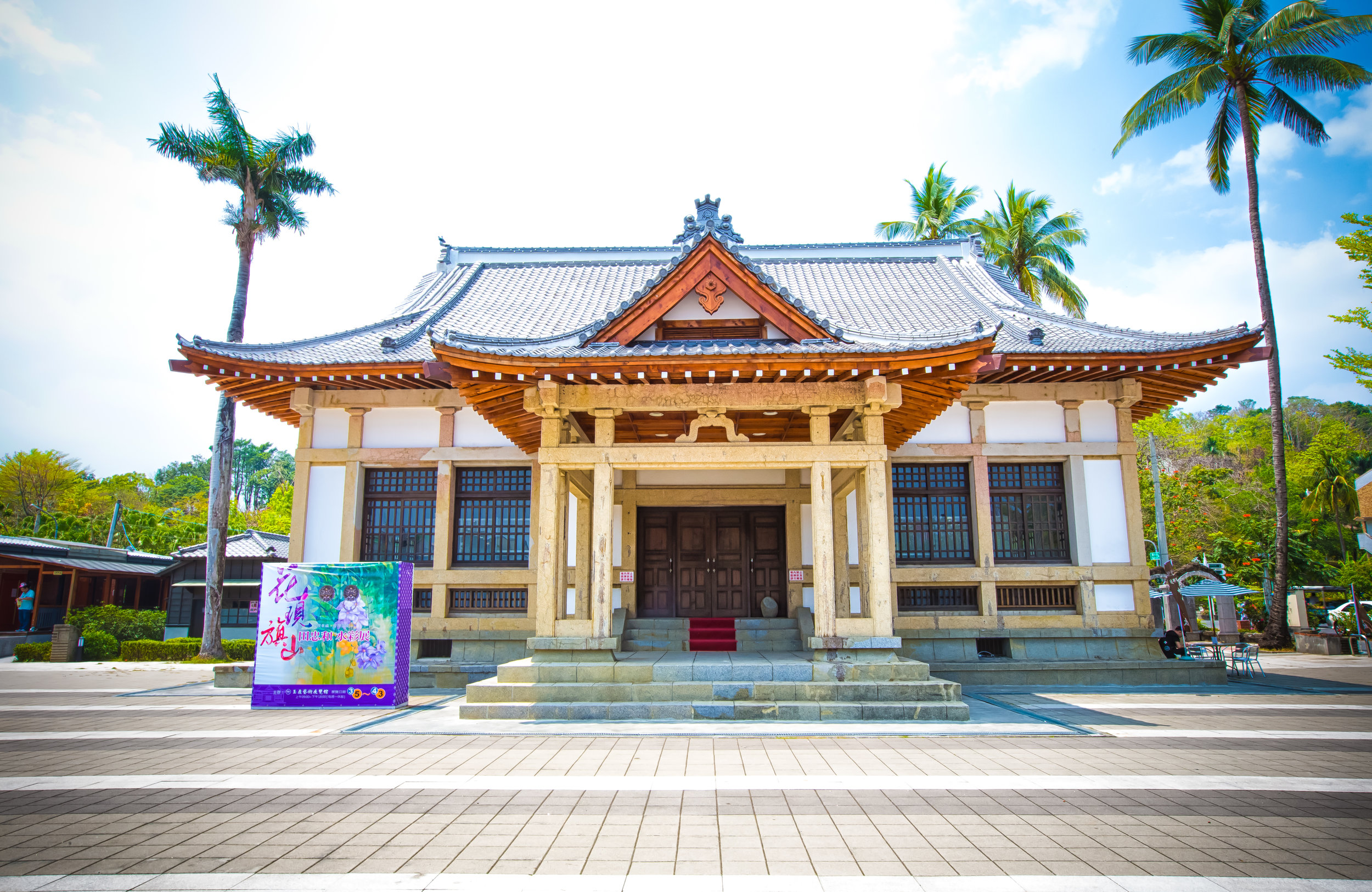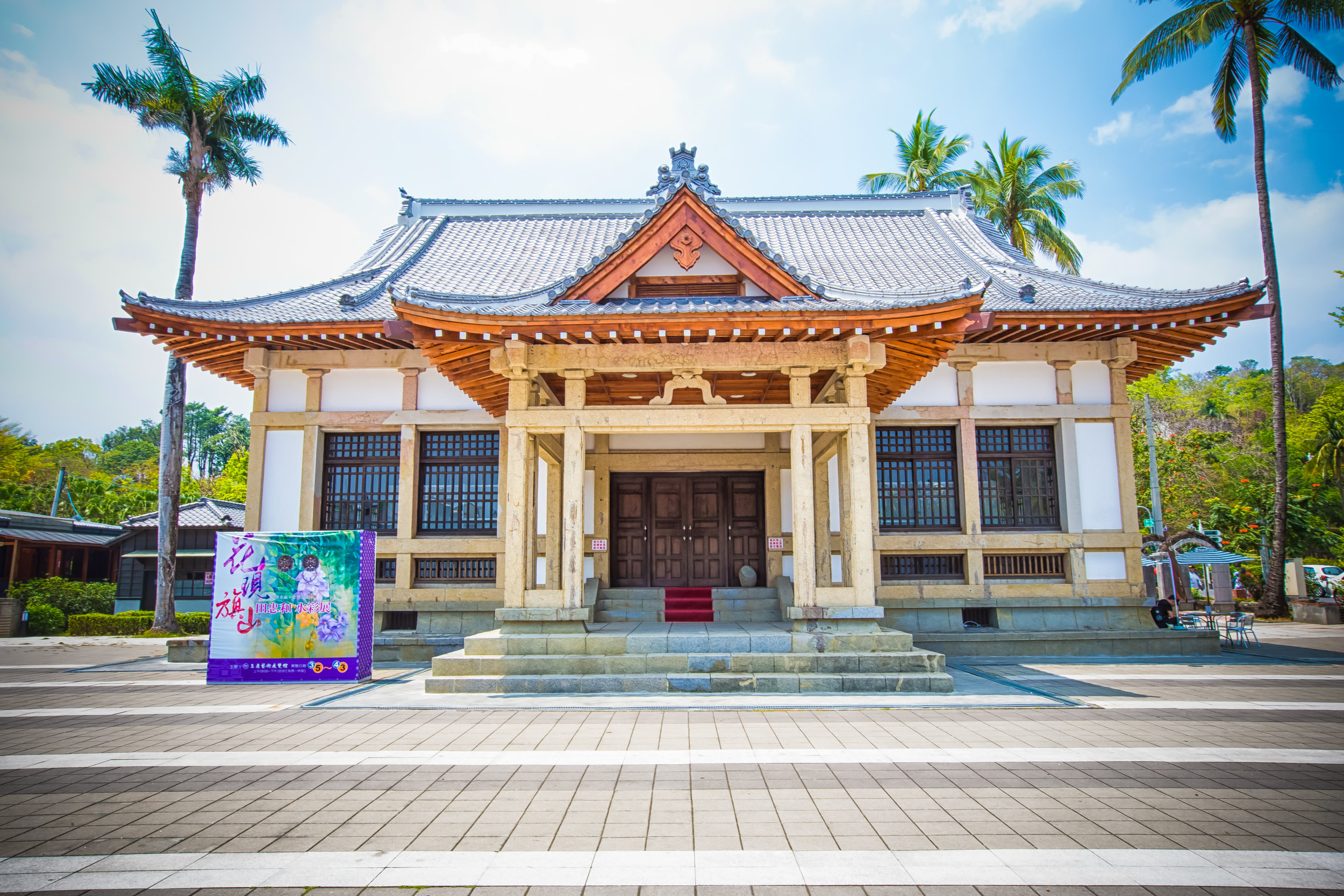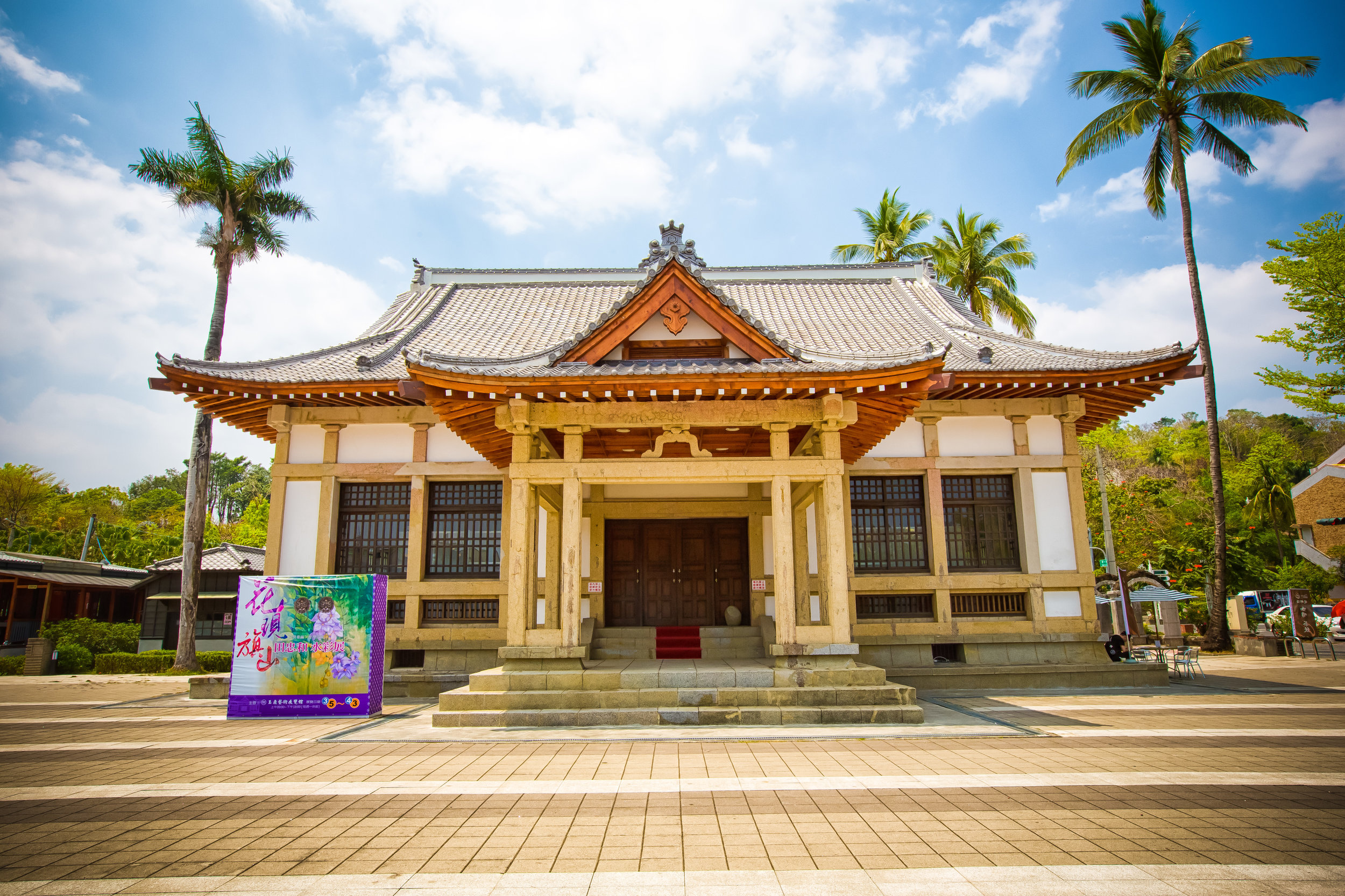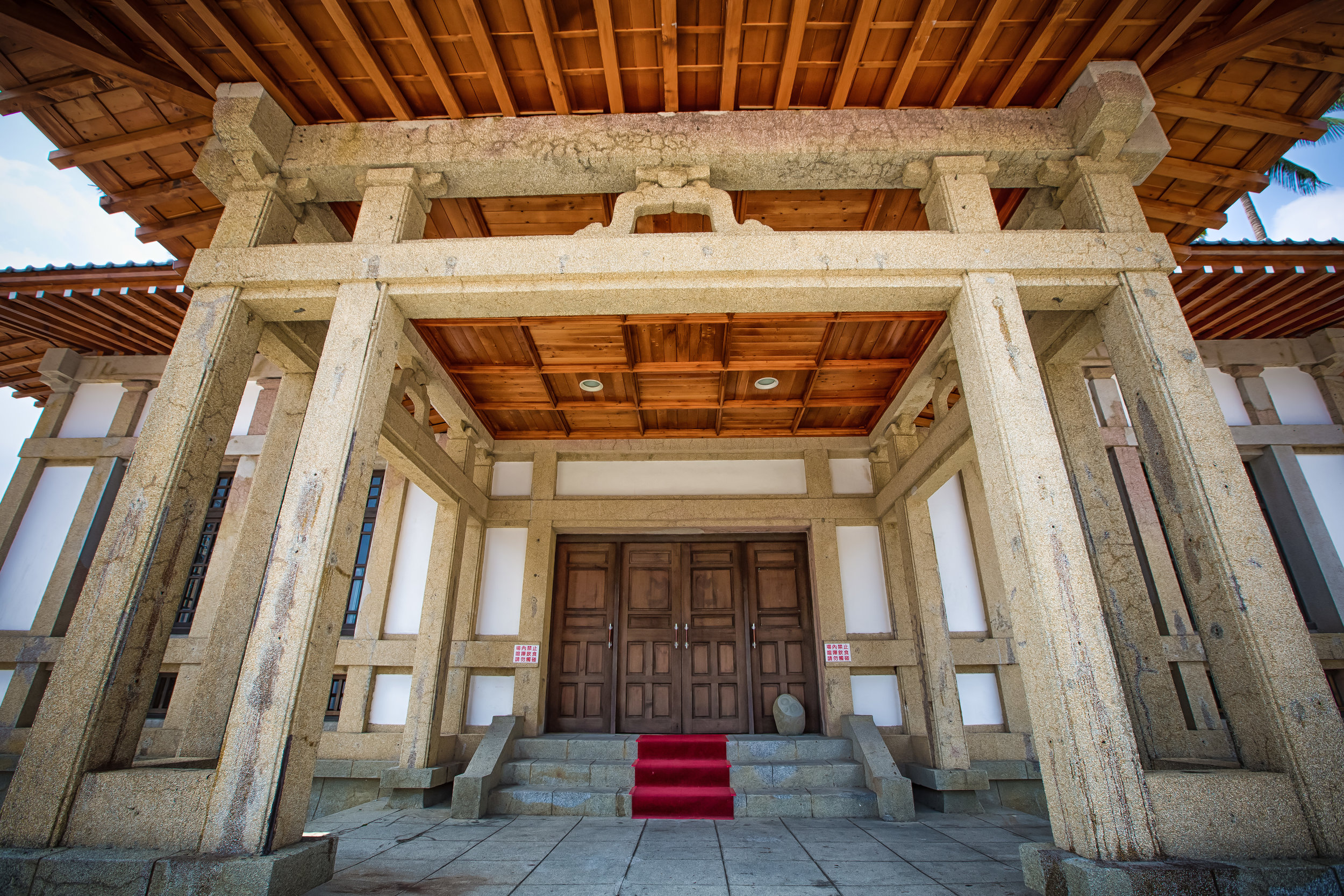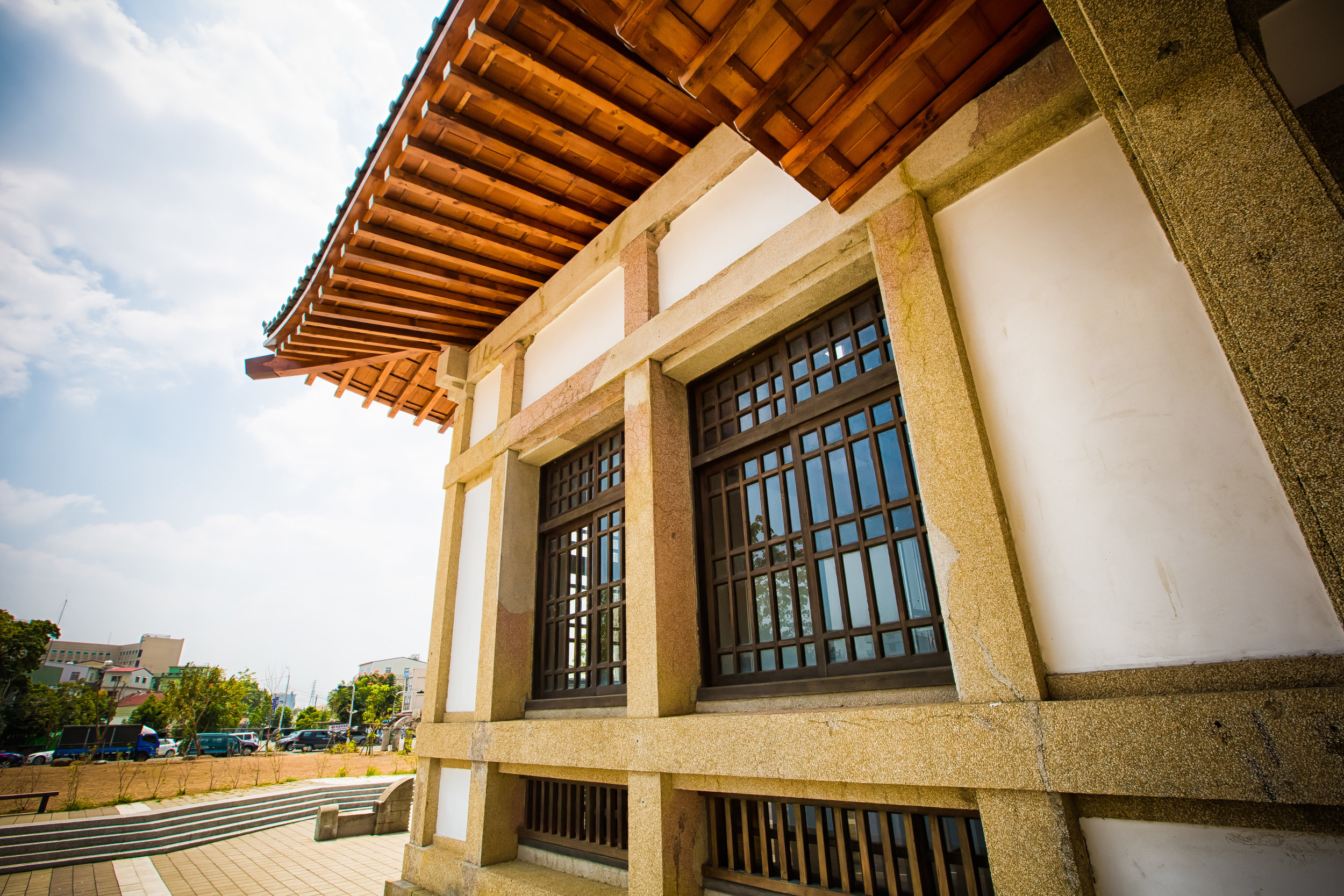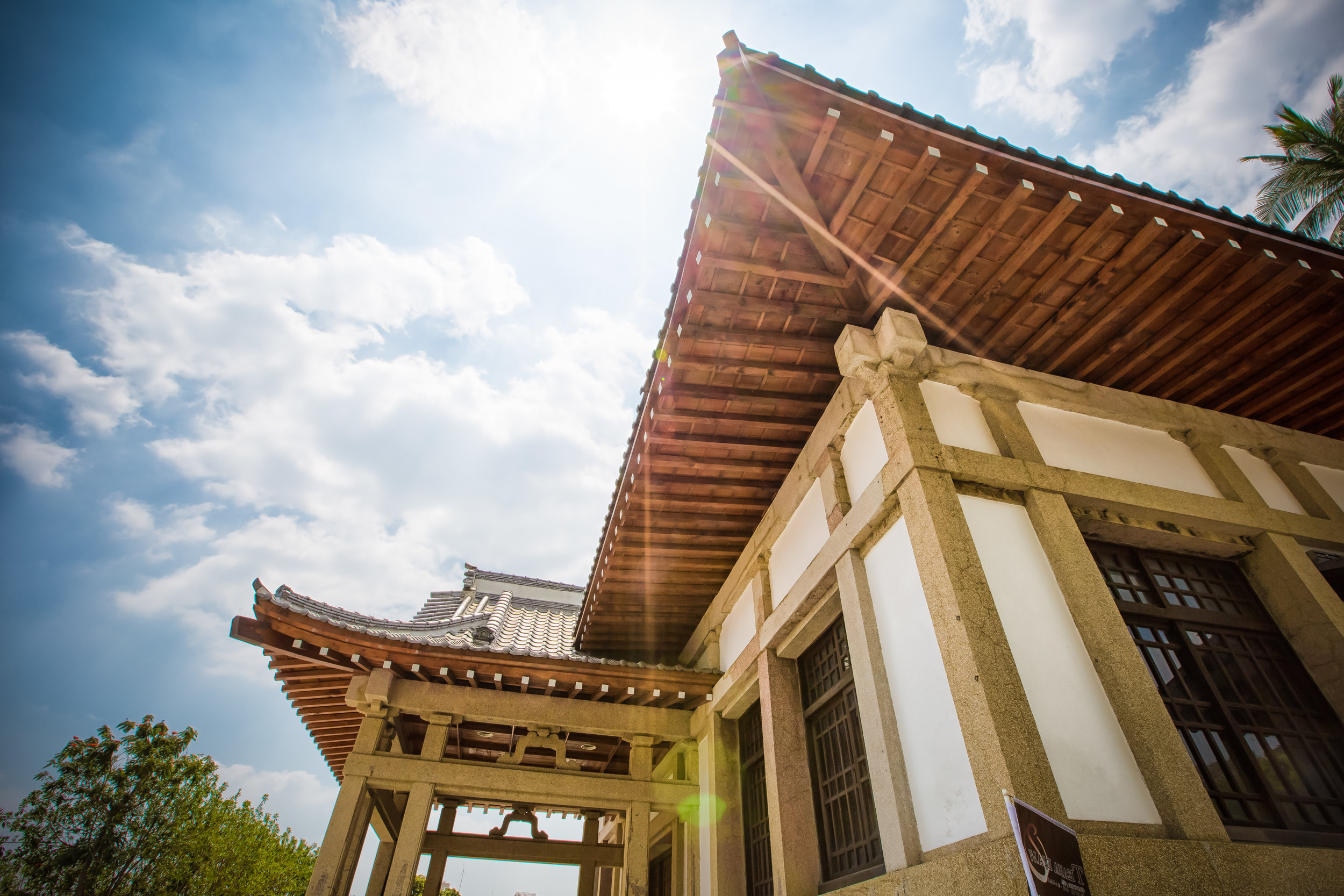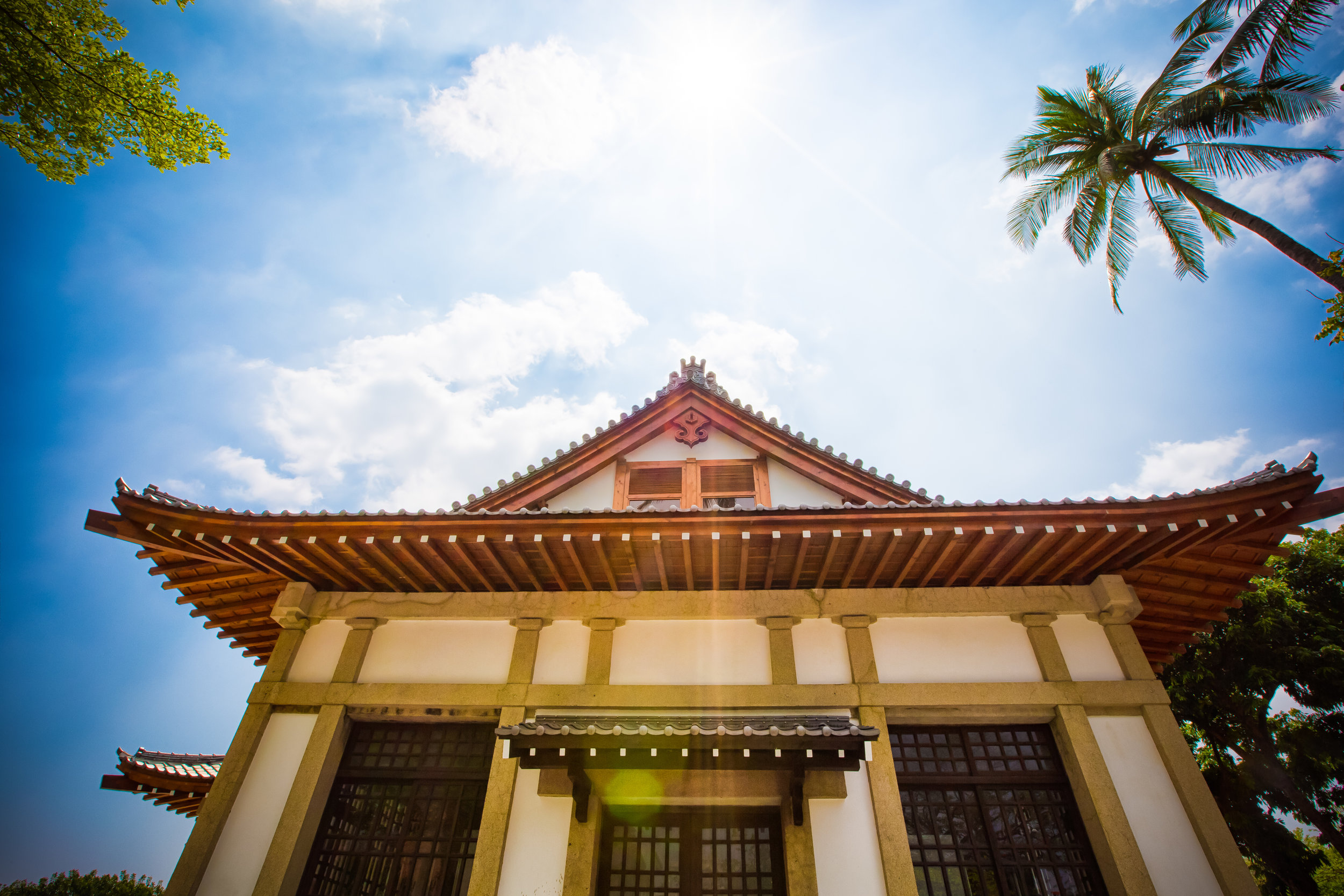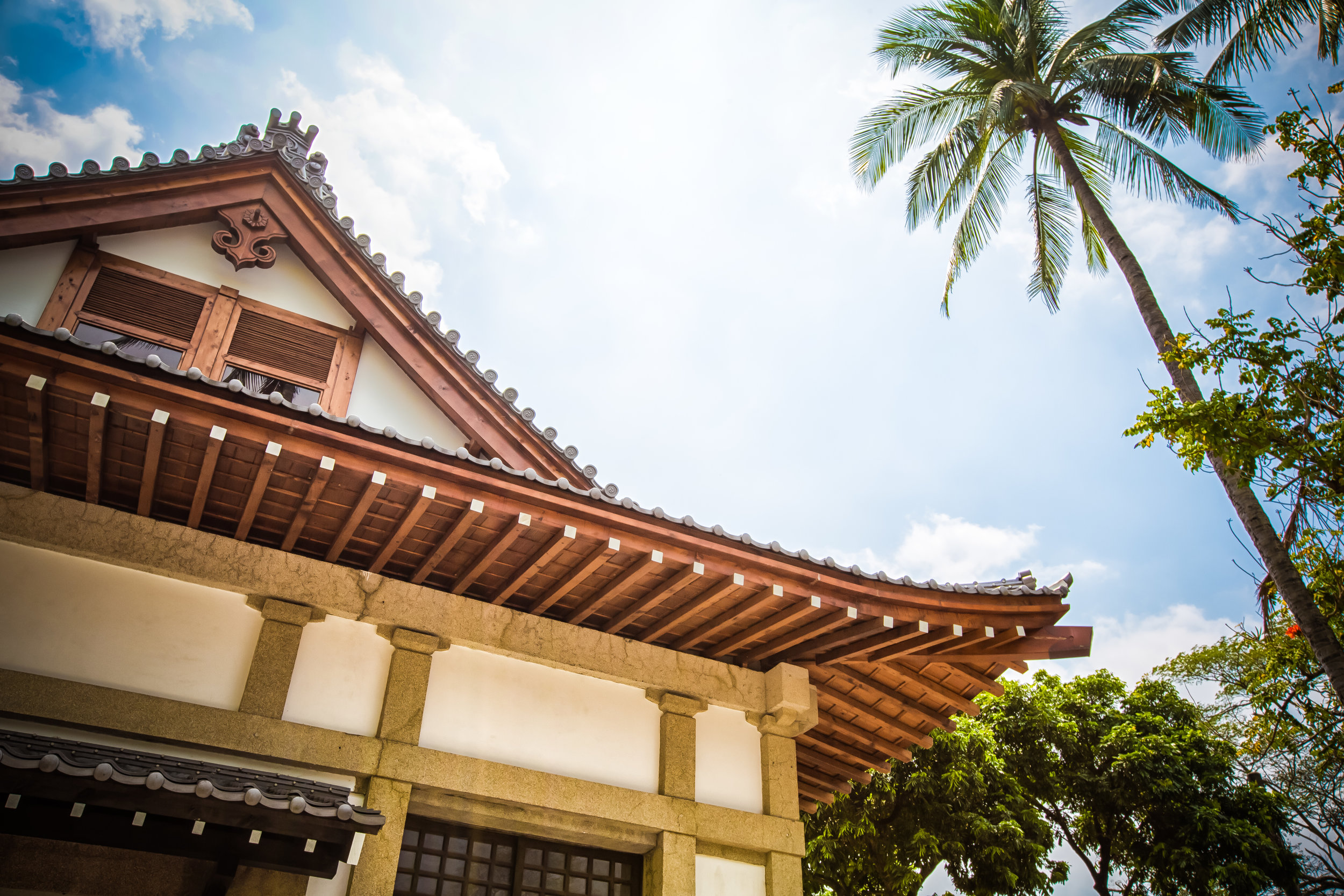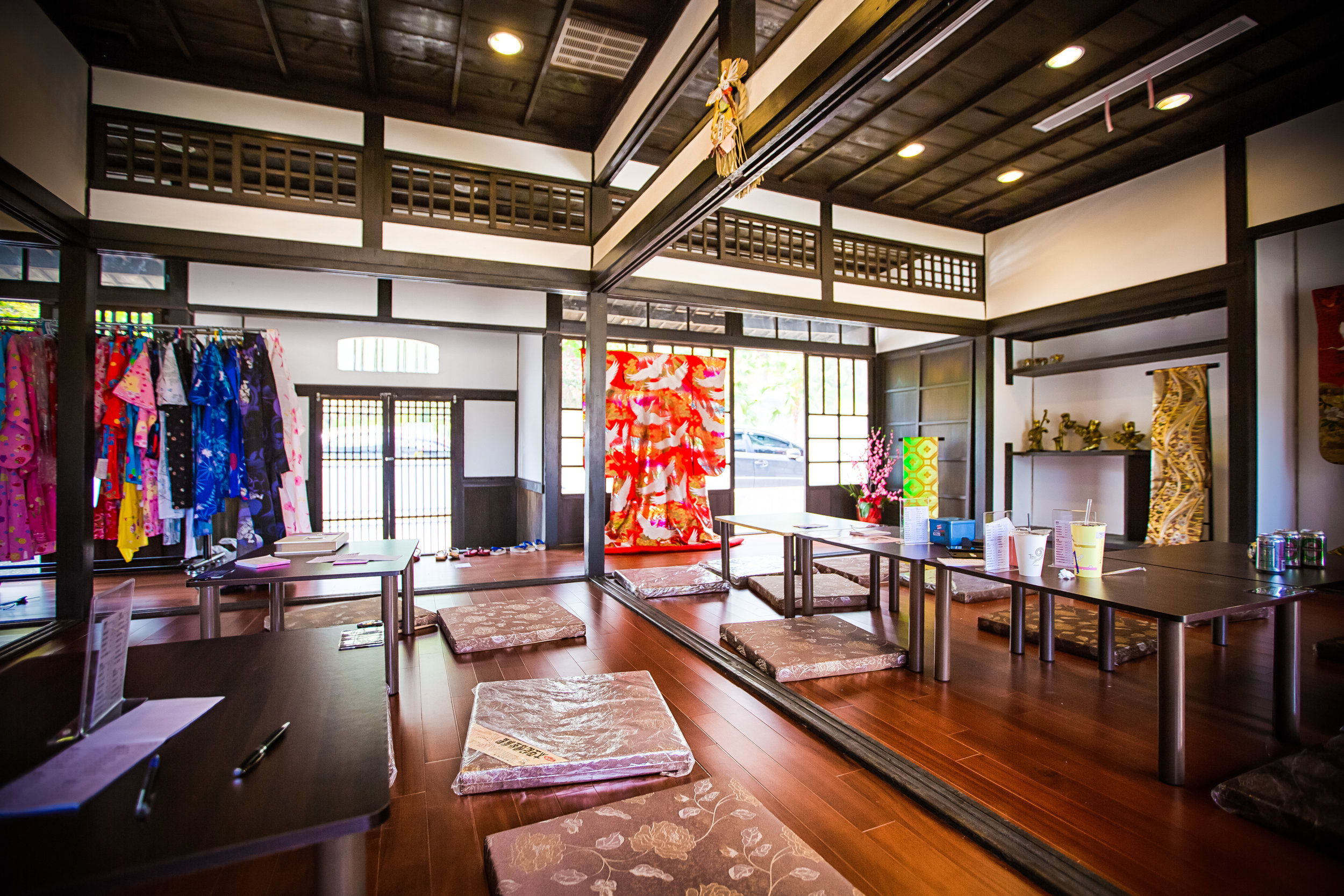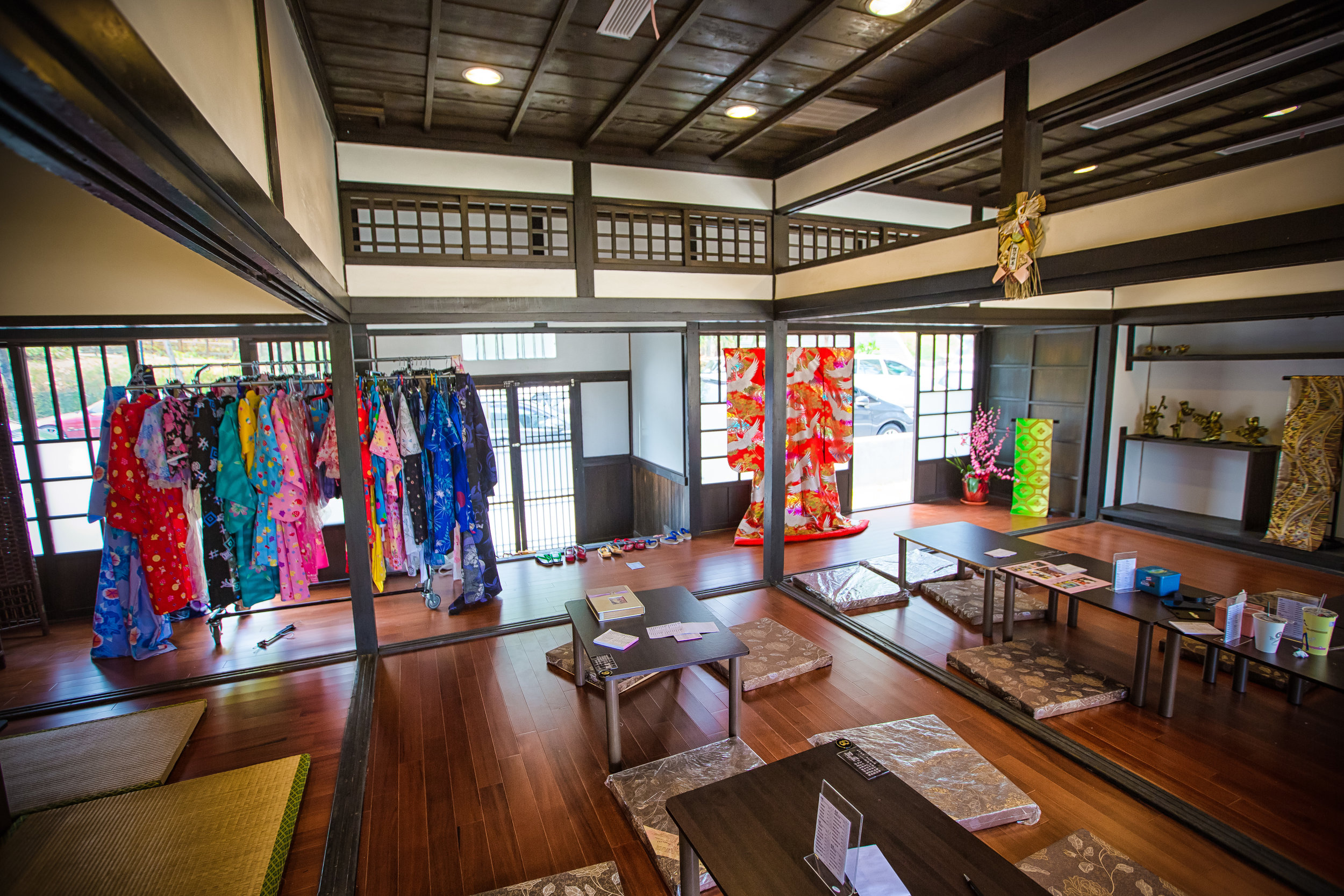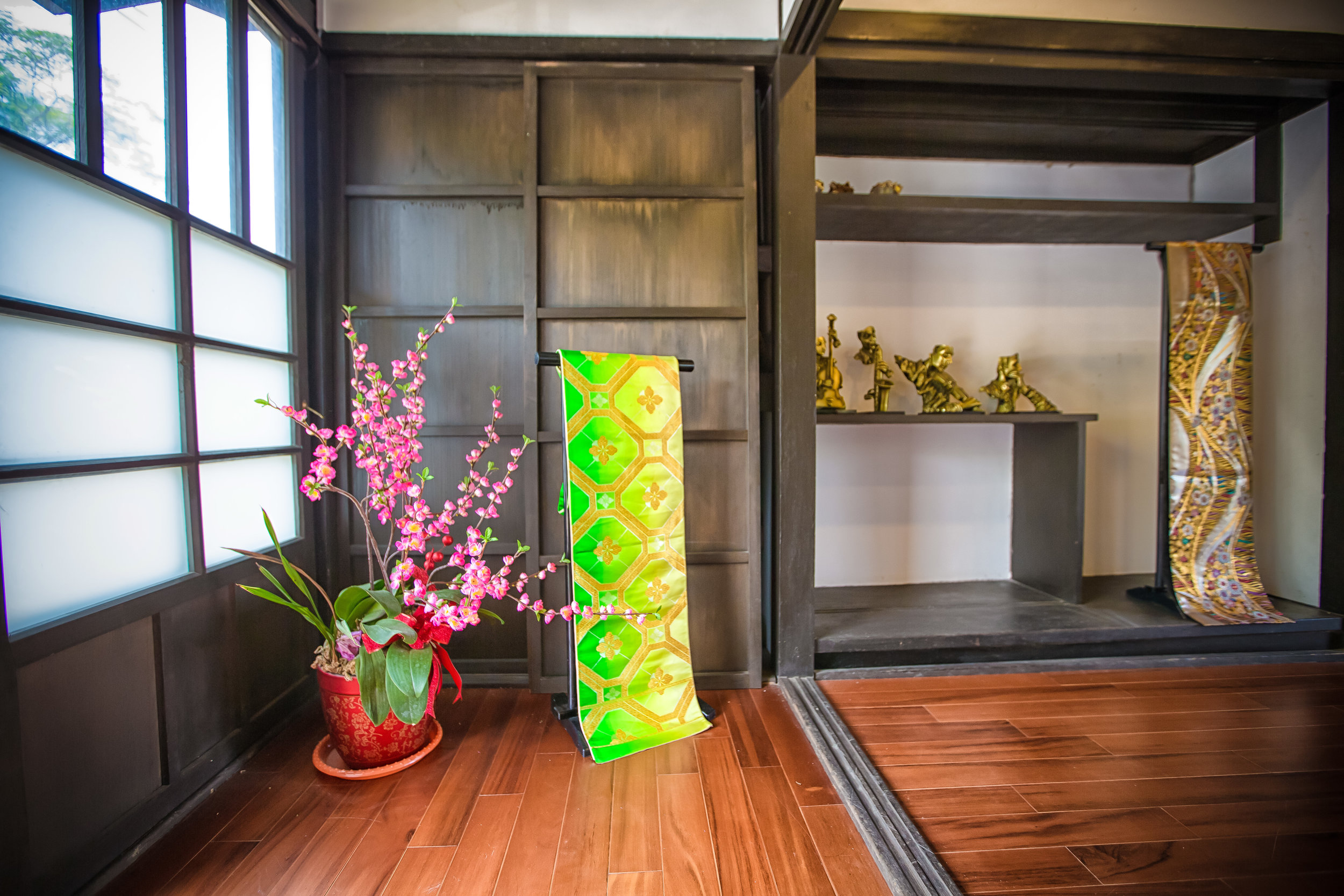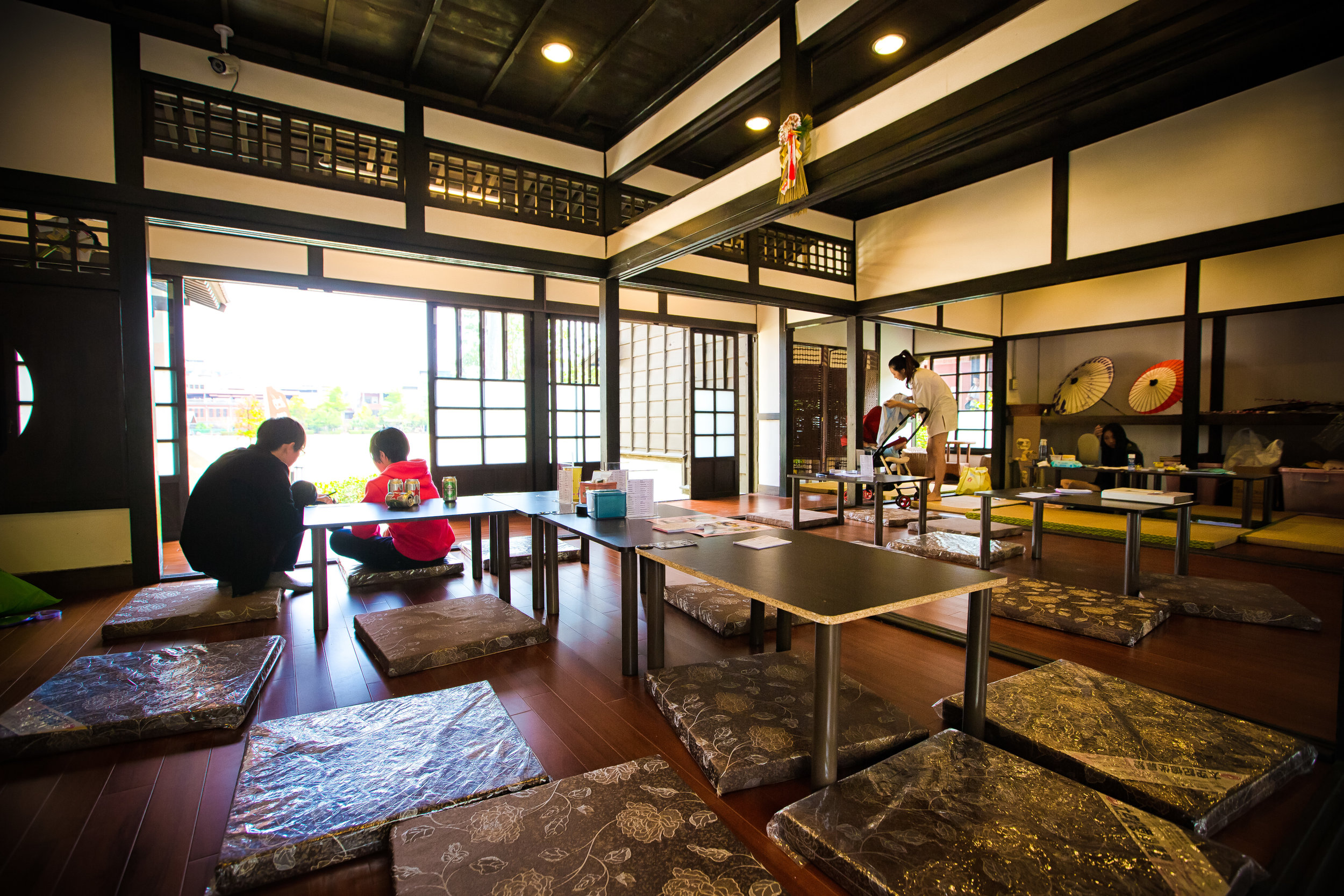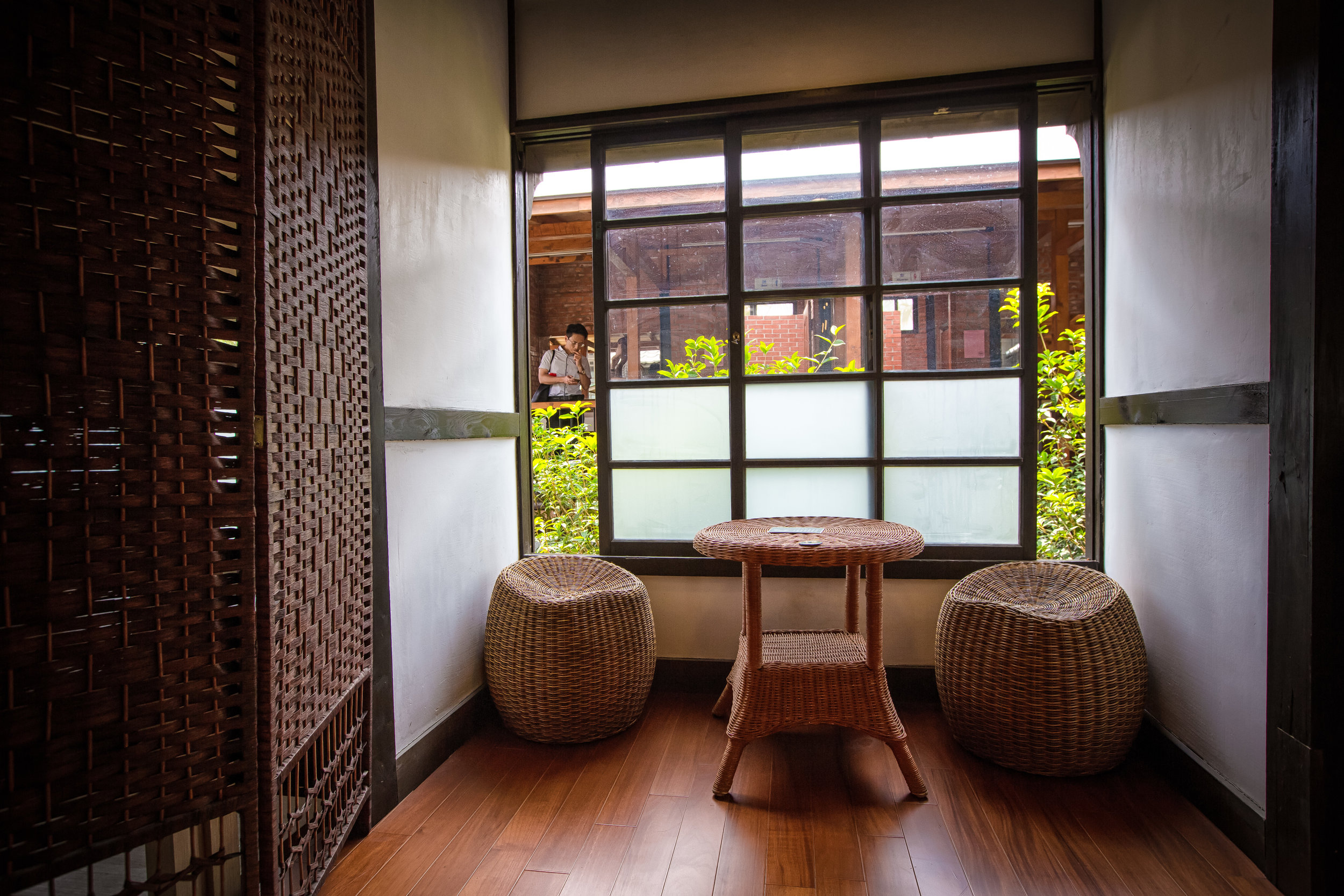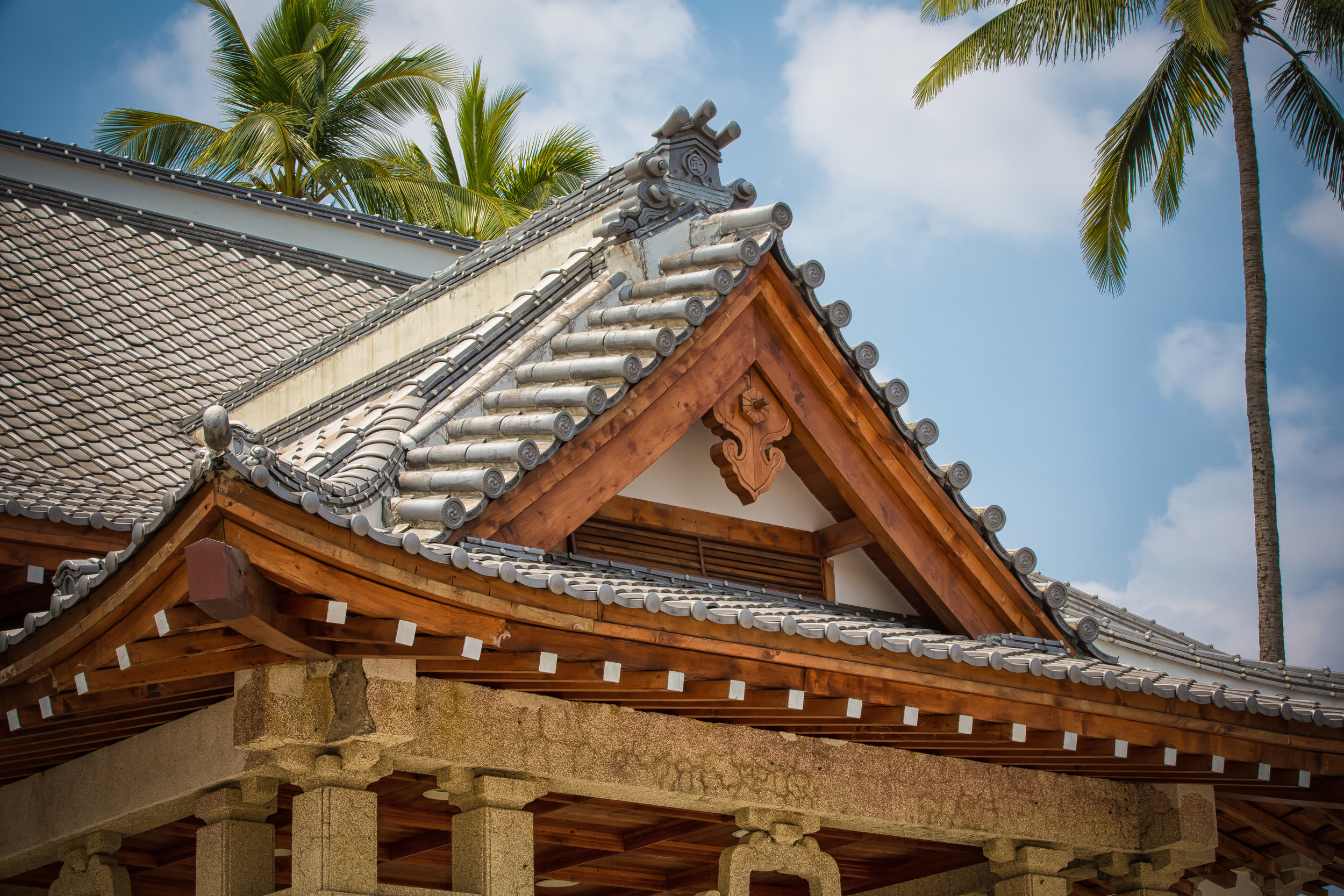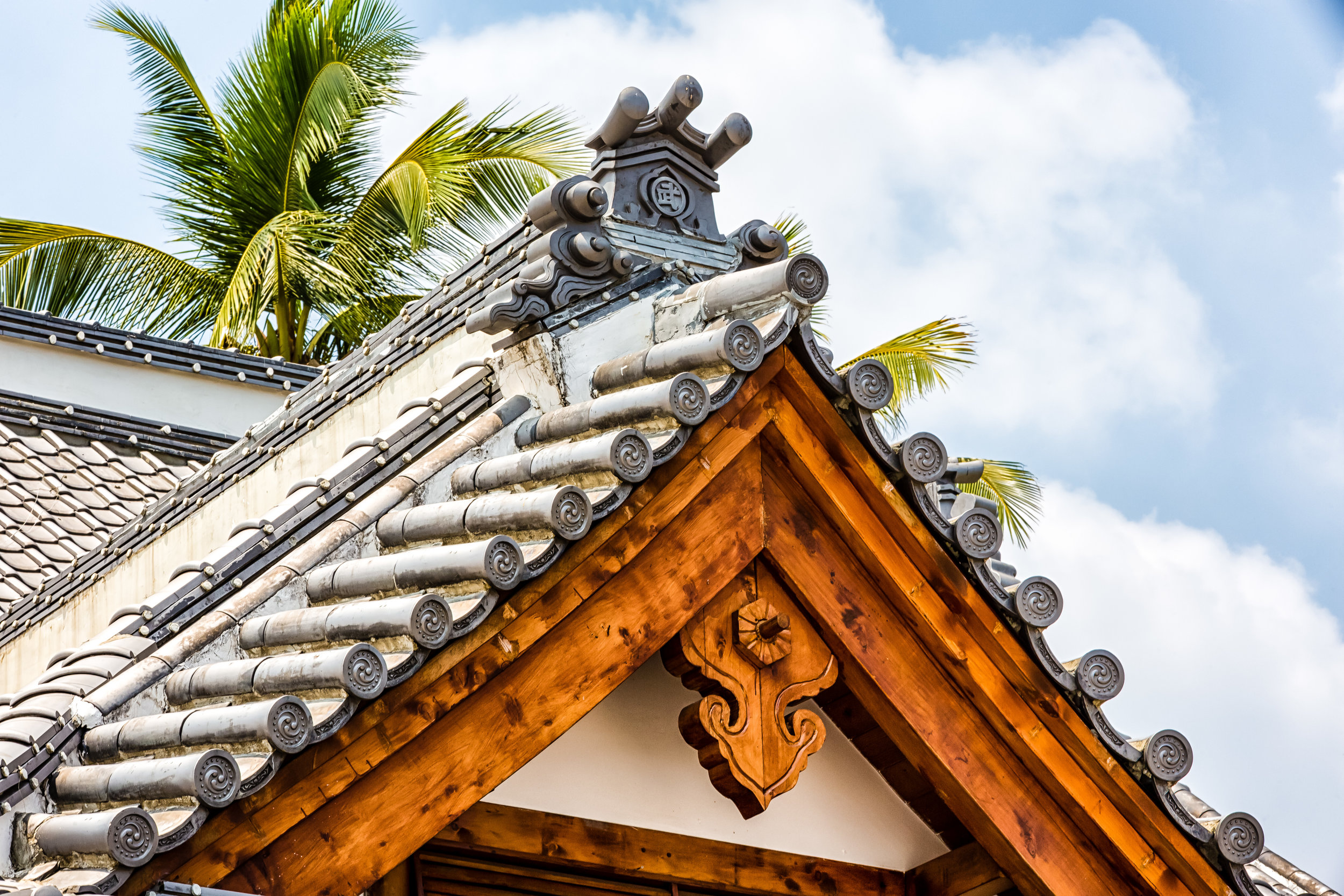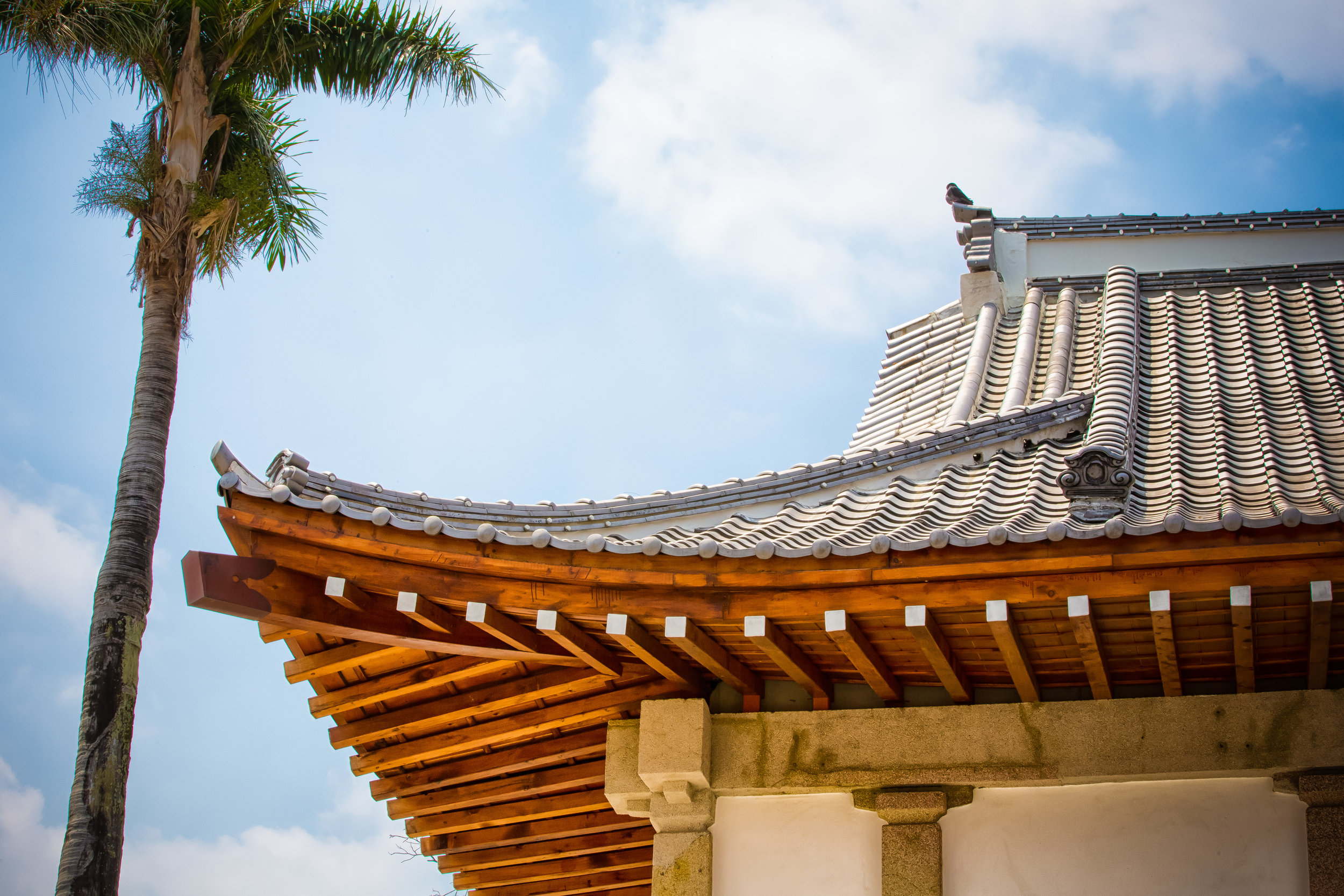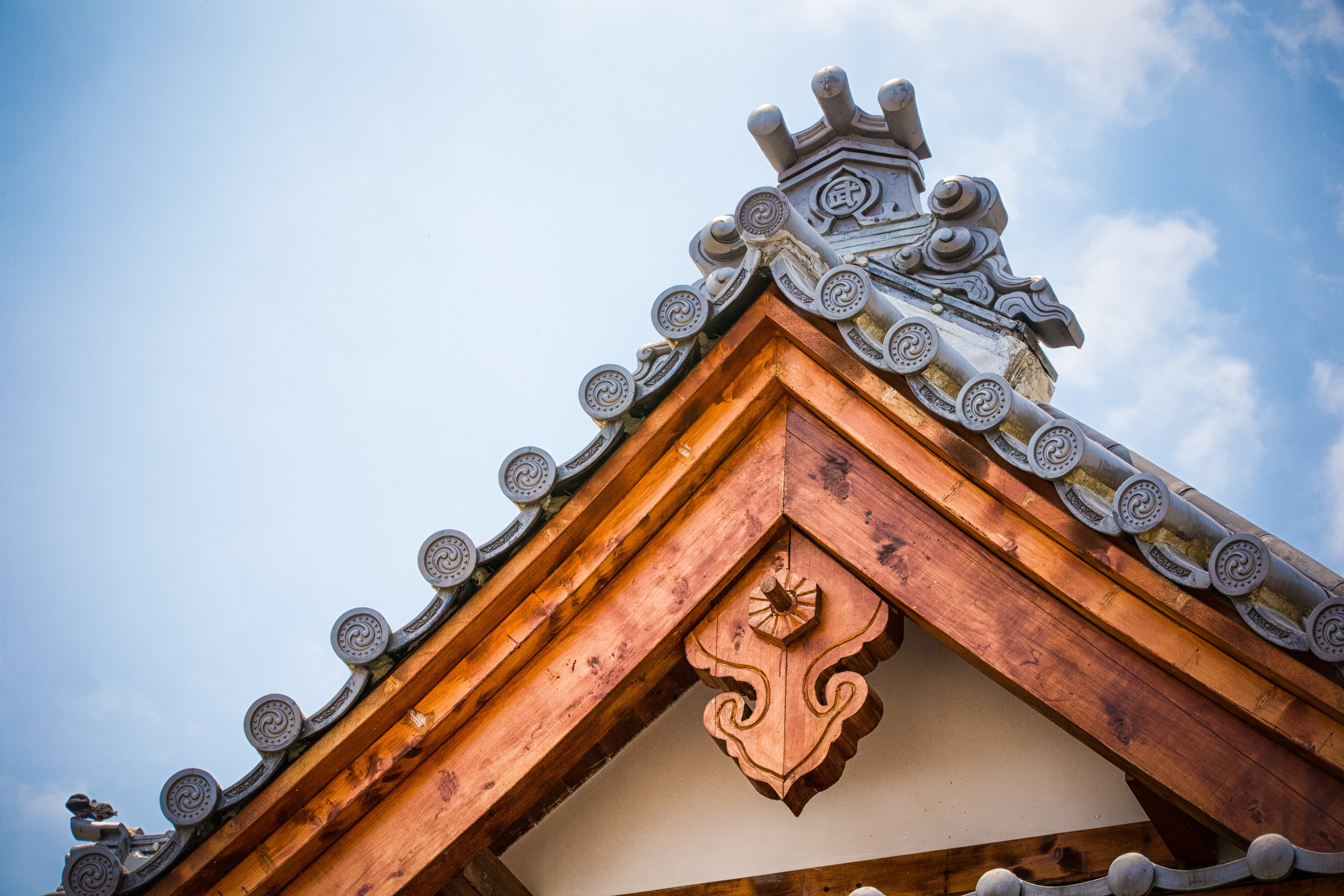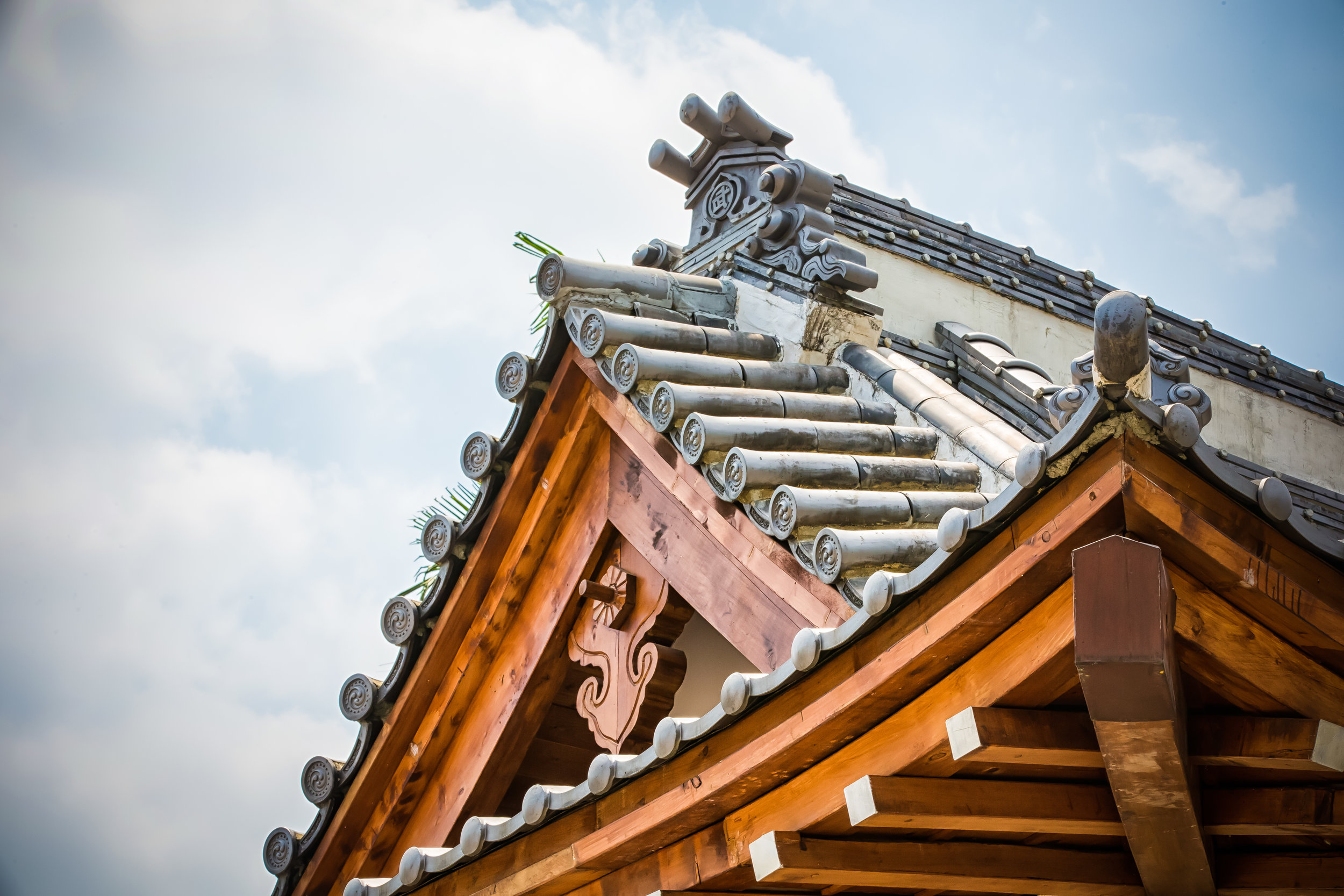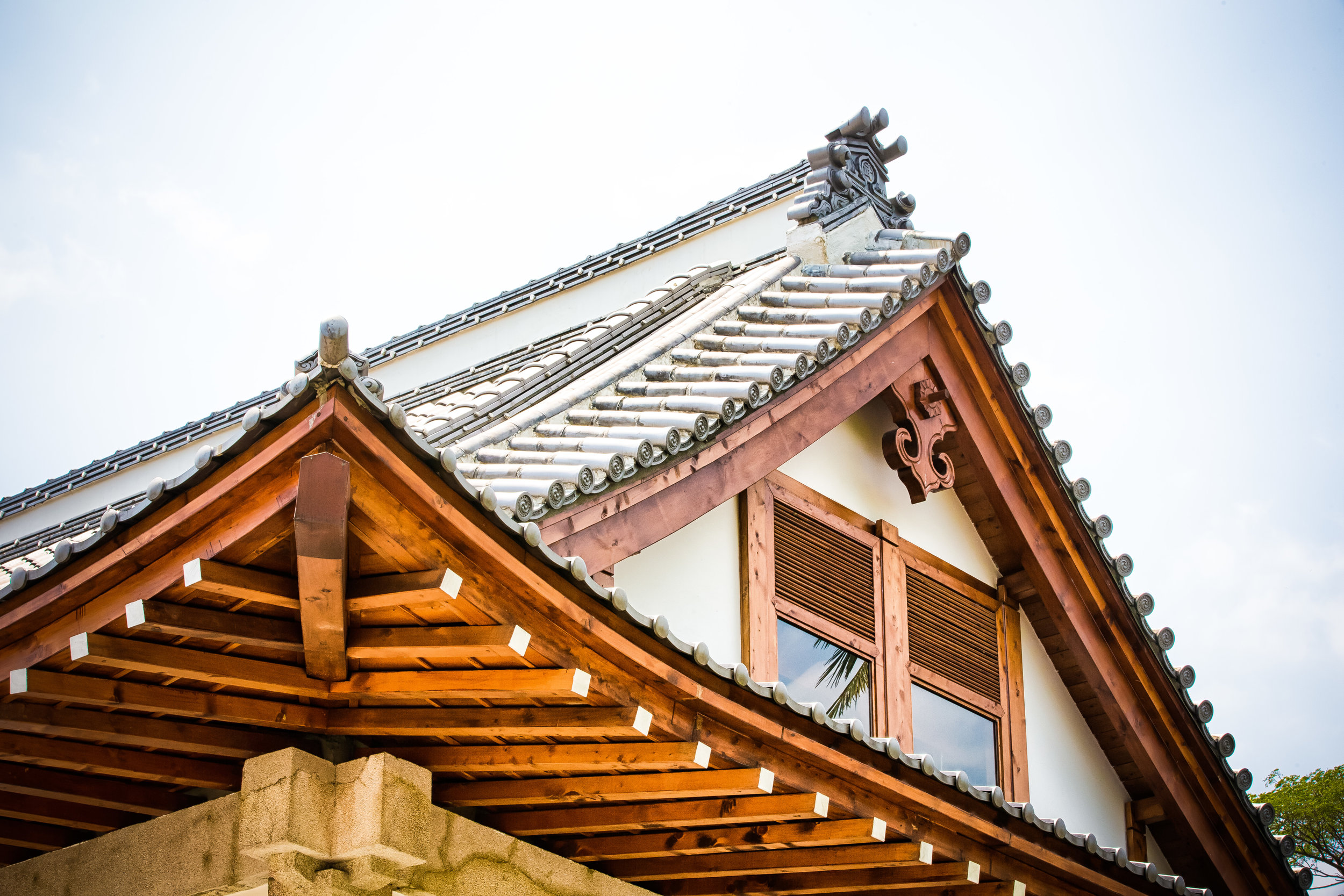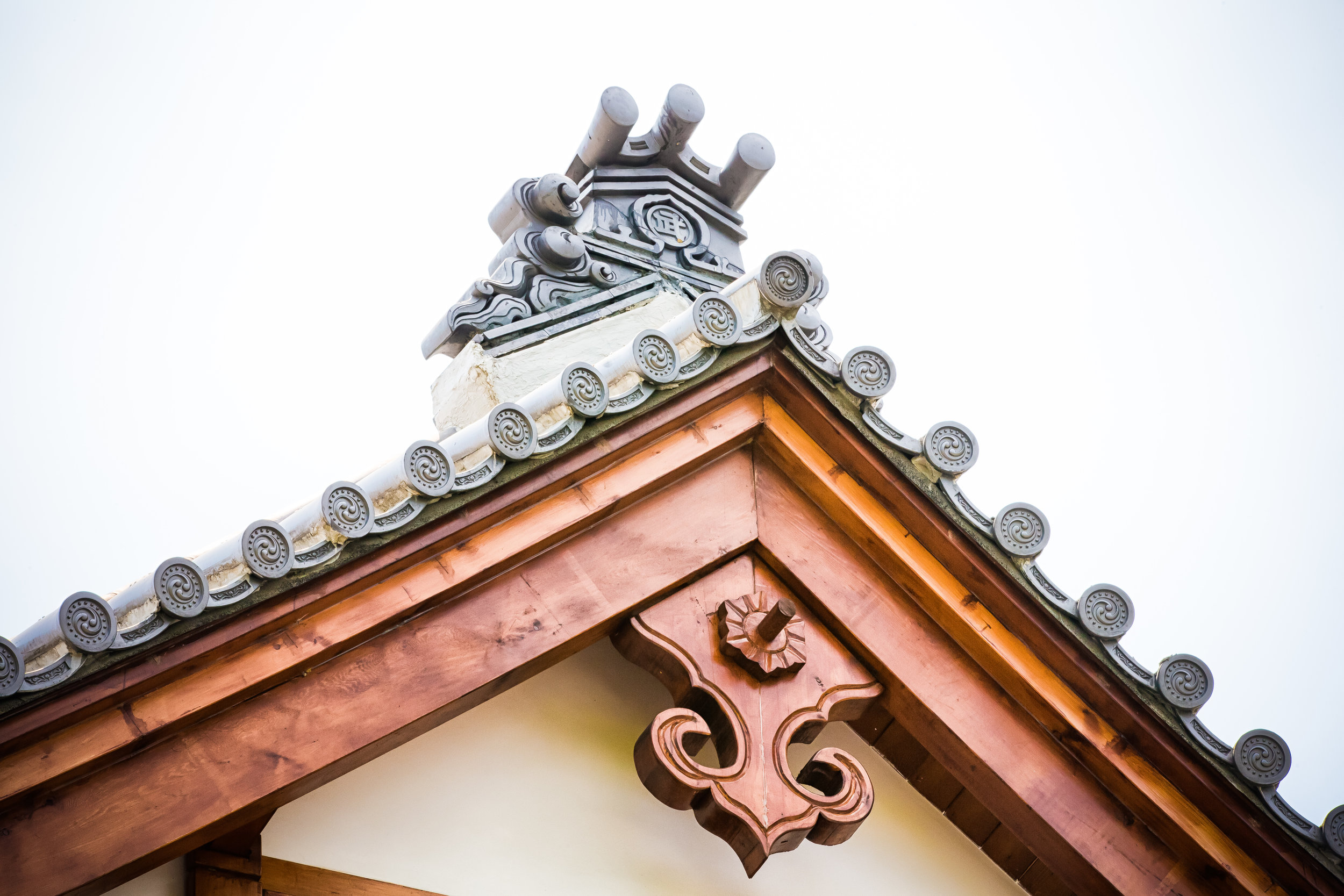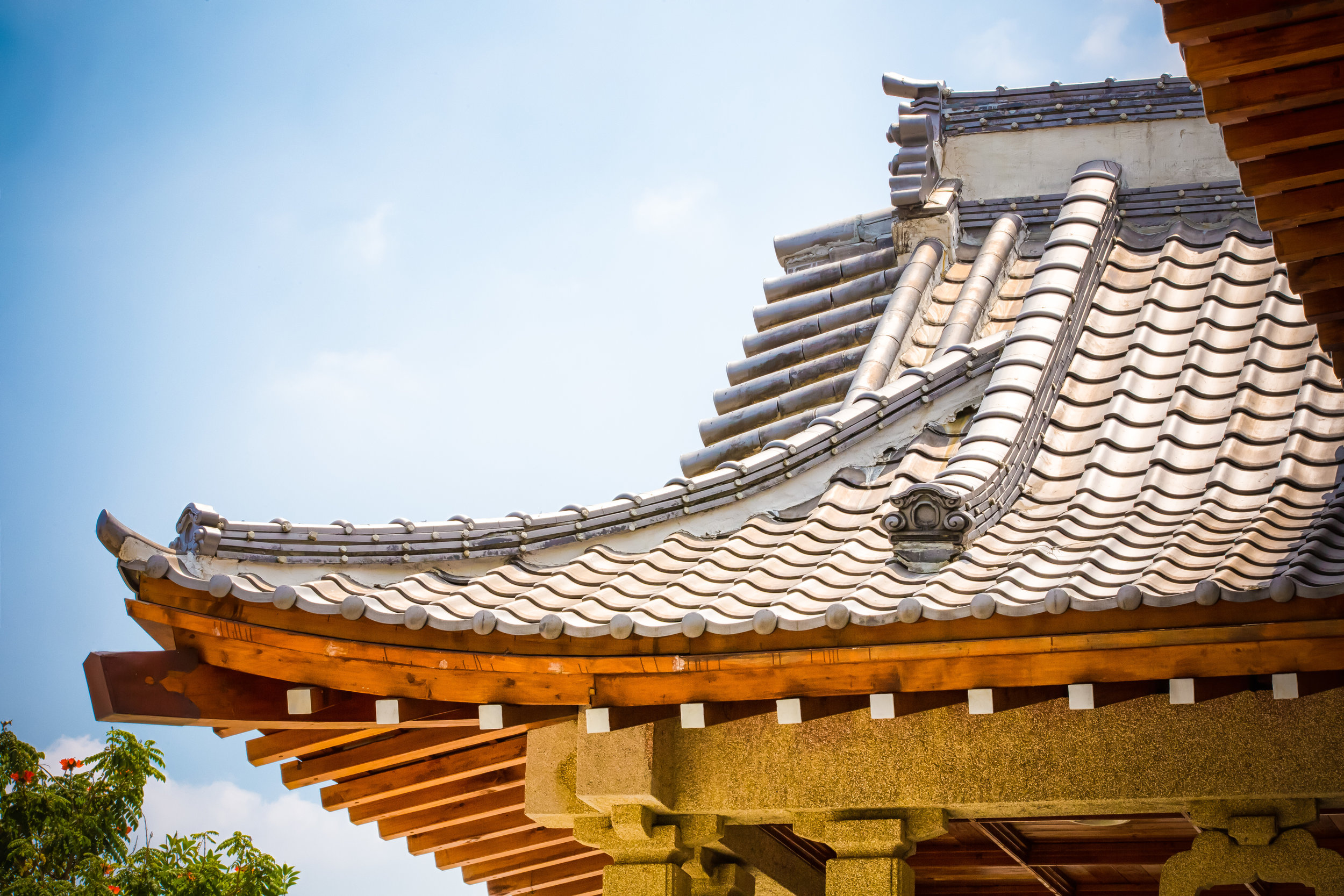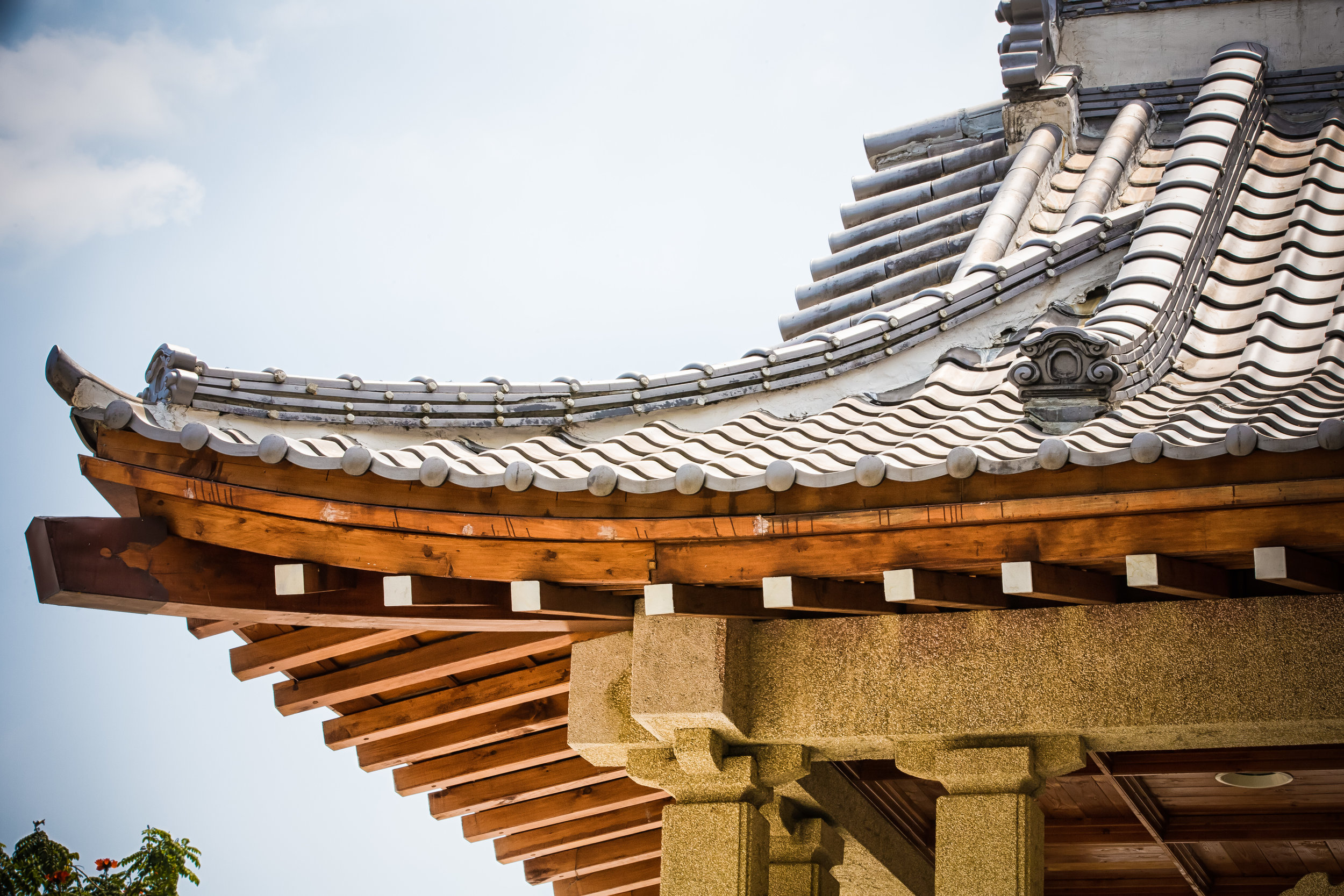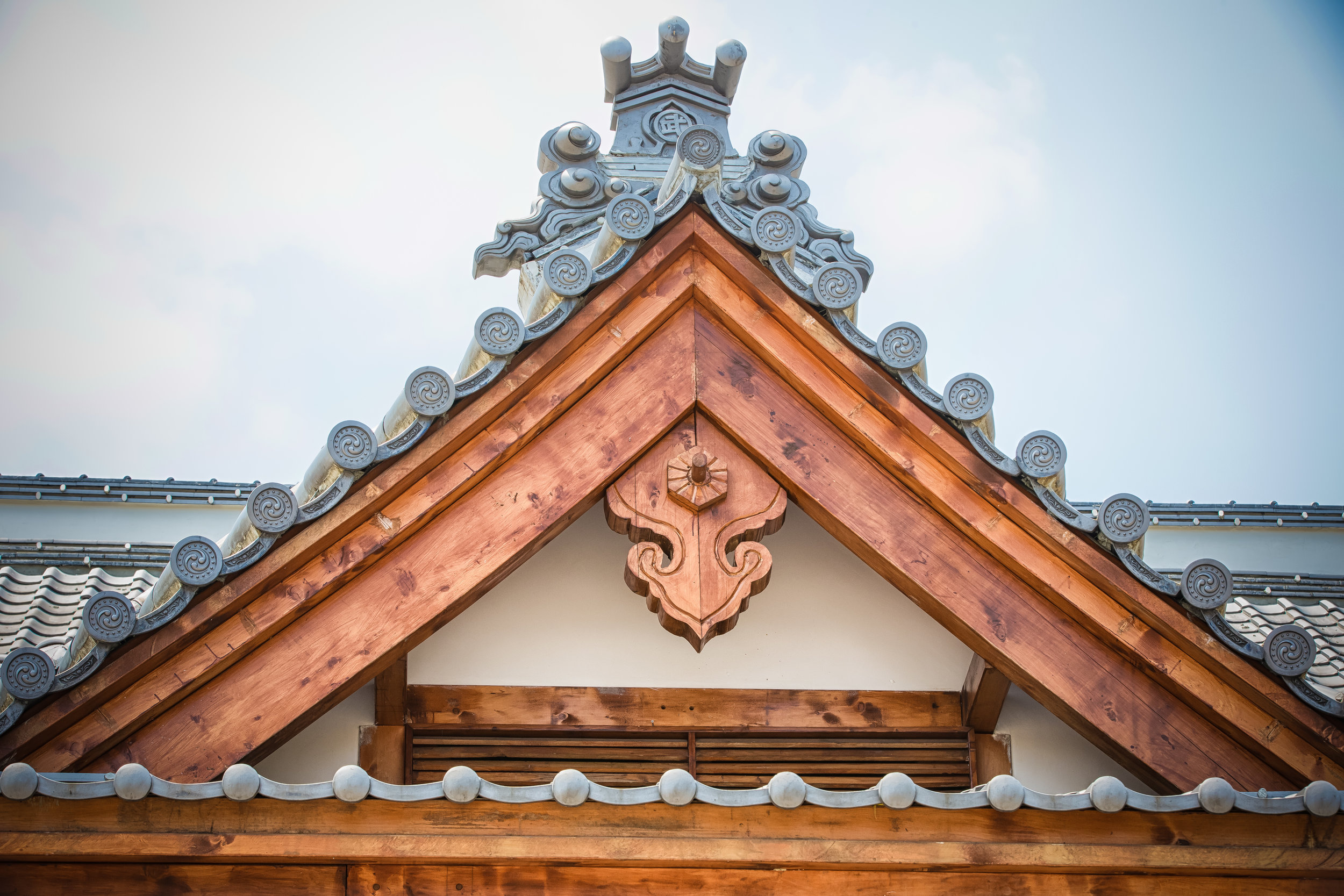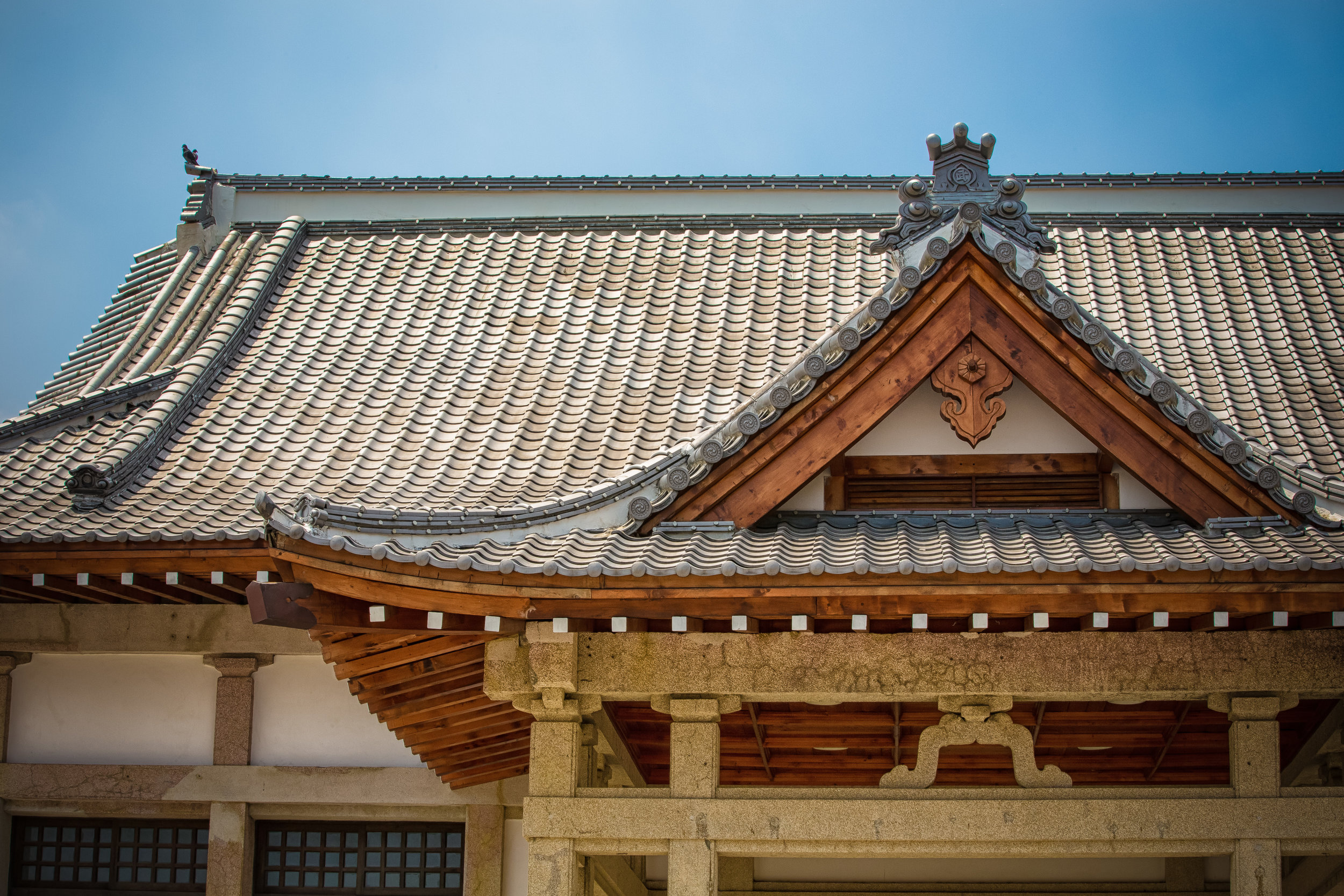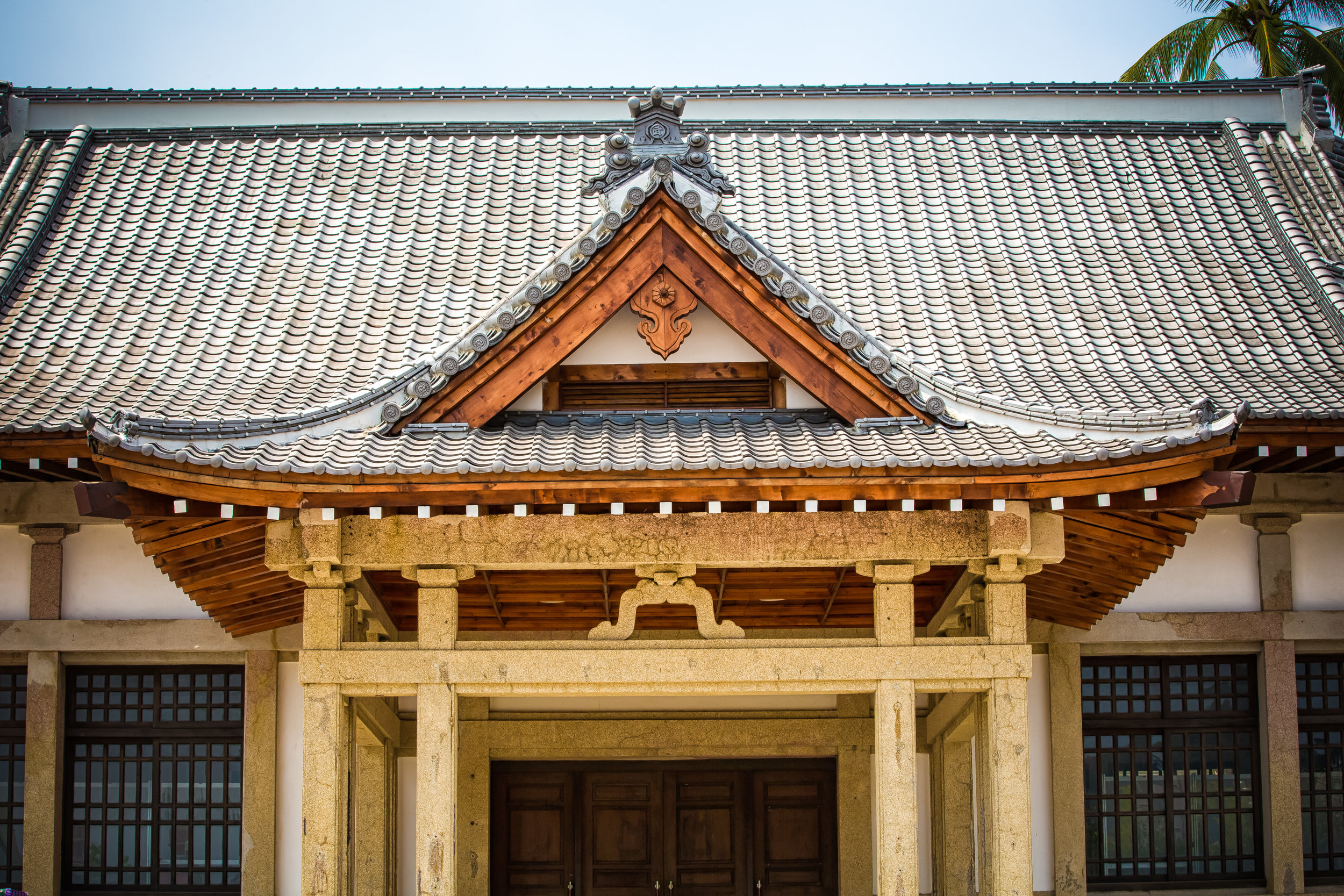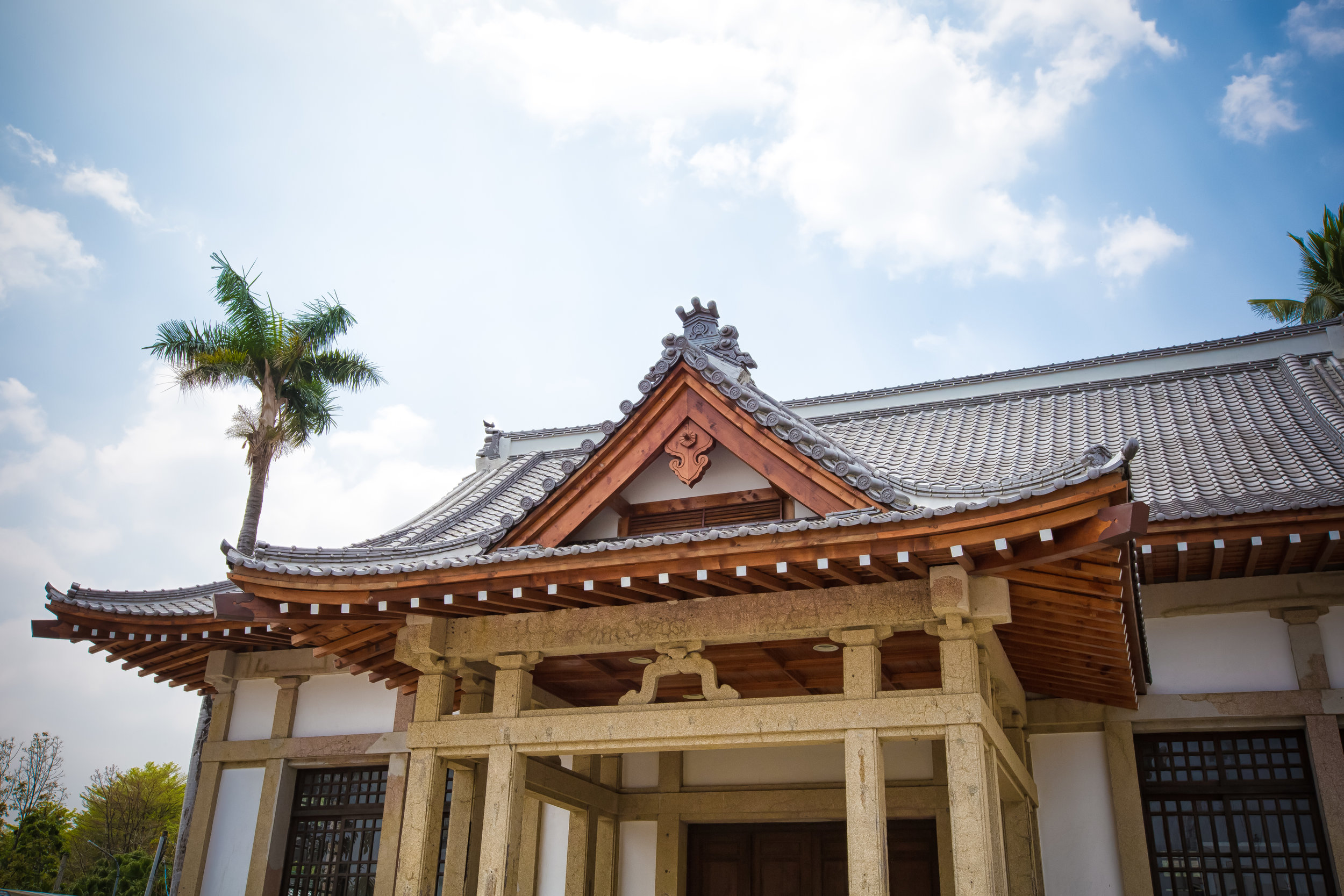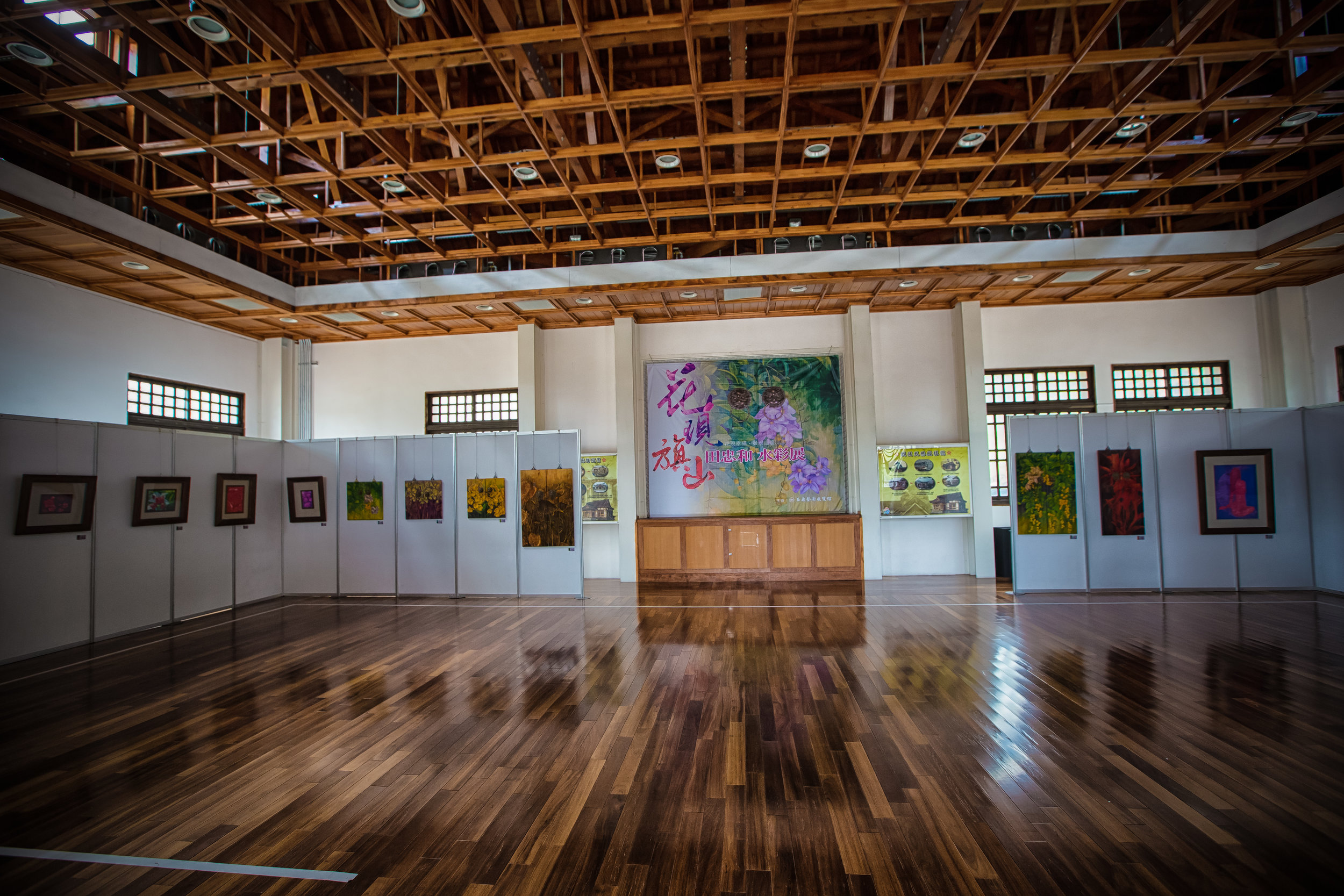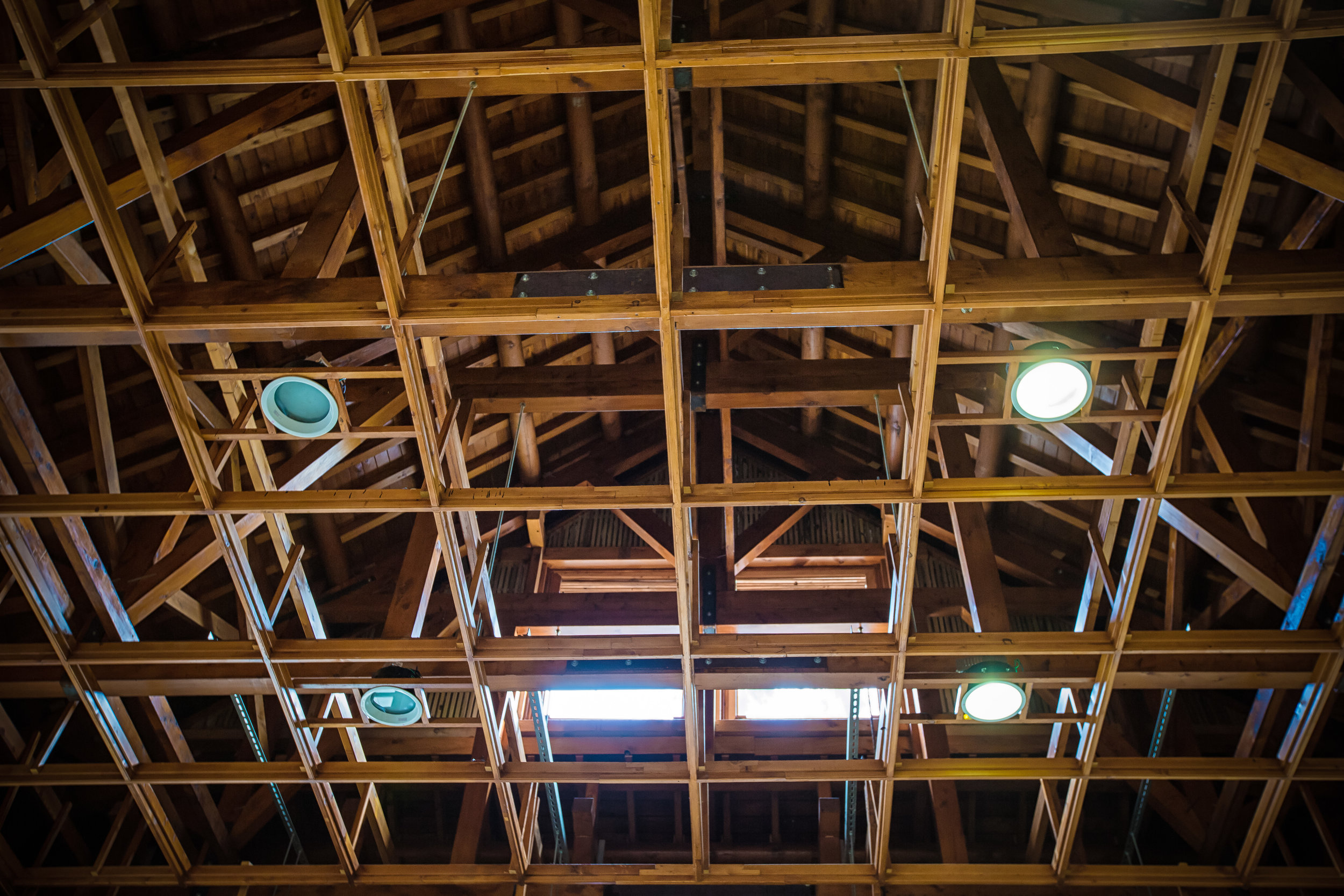Over the past few months I've posted a few times about some of the beautiful remnants of Taiwan's Japanese Colonial Period. The colonial era lasted only five decades but in the short time that the Japanese controlled Taiwan, they helped to modernize the islands infrastructure and education and helped foster the importance of democratic governance all of which has had a lasting effect on the people of this tiny island nation.
It has been more than seven decades since the Colonial Era ended and while there are still quite a few well preserved examples of Japanese architecture left in Taiwan, most of the remaining buildings are in a state of decay and are in desperate need of not only recognition for their historical significance but some much needed maintenance and renewal.
In the past few months I've posted blogs about several Martial Arts Halls ( 武德殿), the beautifully renovated Taoyuan Shinto Shrine (桃園神社) and Tungxiao Shrine (通宵神社) as well as the decaying (but soon to be renovated and converted into a park) Jhudong Timber Dormitories (竹東東林新村) and the Japanese Police Dormitories (中壢警察局日式宿舍群).
These Martial Arts Halls, Shinto Shrines and former dormitories were quite common in almost every city in Taiwan during the colonial era but few are left remaining today and that is why their preservation and telling their story are so important.
If you haven’t already, I recommend stopping here and first reading my introduction to Taiwan’s Martial Arts Halls, which provides an overview of the purpose of the buildings, their history and where else you’re able to find them around the country!
Link: Martial Arts Halls of Taiwan (臺灣的武德殿)
If you’re up to date with all of that, let’s just get into it!
Kaohsiung Martial Arts Hall (高雄武德殿)
Kaohsiung is home to two beautiful Martial Arts Halls, one of which I've already blogged about - the beautifully restored Qishan Martial Arts Hall - and the Kaohsiung City Martial Arts Hall.
From the research I had done about Taiwan's few remaining Butokuden Halls, I knew that the Kaohsiung Hall was a special one. It was older than most of the others which were (for the most part) built in the mid 1930s and was also designed a bit differently with a mixture of architecture from both the west and the east which meant that it would look considerably different than what I have become accustomed to with these halls.
To explain why the Kaohsiung Martial Arts Hall was designed differently we have to talk a little bit about the history of the Port of Kaohsiung (高雄港) - The port and its development goes back to the 1620s when it was nothing more than a natural lagoon on the south western coast of the island. The port developed gradually through the Dutch era, the Kingdom of Tungning Era and the Qing Dynasty before being completely transformed during the Japanese Colonial Era. The colonial government carried out large development projects to modernize the port, the harbour and the infrastructure around it which offered the ability to support major import/export industries from the south of Taiwan.
The development of the port in addition to the nearby Takao Railway Station (高雄港車站) meant that the economy of the area flourished with international trade. The economic prosperity experienced by the people living in the port area created a lot of opportunity and made fortunes for the residents.
Like a lot of other areas in Taiwan that experienced an economic boom at the time, the people decided to construct their homes and storefronts with modern construction techniques and a fusion-style "baroque" design which was influenced by the European architecture of the time, but also infused eastern design. This type of architecture is still common today throughout many of Taiwan's "old streets" and a walk through Daxi, Sanxia, Hukou or any of the others gives tourists a quick crash course into what was considered hip at the time.
The design of the buildings in the area also influenced that of the local Martial Arts Hall which itself looks considerably different than any of its contemporaries that are still in existence around the country and blends both western and eastern architectural design.
The Kaohsiung Martial Arts Hall (高雄武德殿), otherwise known as the "Kaohsiung Butokuden Hall" completed construction in July of 1924 in what is now Kaohsiung's Gushan District (鼓山區). Like all of the other Martial Arts Halls, it was built in a strategic location near Gushan Elementary School (鼓山國小) as well as the local police precinct which allowed for it to offer classes to both the police, military and young students of Taiwan.
For at least two decades the Kaohsiung Martial Arts Hall served its purpose as a training centre for the military and the people of Taiwan teaching Judo (柔道), Kendo (劍道) and Kyūdō (弓道) but when the colonial era ended in 1945 and the Japanese left Taiwan, the hall was put under new ownership.
The facts about who actually controlled the building are a bit mixed up - My research has shown that it was either given to the elementary school with the purpose of it becoming a teachers dormitory while other resources insist that it was handed over to the Kaohsiung City Police. In both cases was never actually used for anything other than storage - This meant that the hall was pretty much abandoned for several decades and fell into a state of disrepair.
In 1999 the Kaohsiung City Civil Affairs Bureau (高雄市政府民政局) recognized the Martial Arts Hall as a historic property and started to make plans to both renovate and restore the hall. The renovation project took a few years and in 2004 it reopened to the public as the "Wude Martial Arts Hall Performance Centre" allowing for tourists to visit to experience the historic building but also enjoy various performances throughout the year.
The building is now under the ownership of the Kaohsiung City Kendo Culture Advocacy Society (高雄市劍道文化促進會) making it the first historical building in Taiwan that was revitalized for purpose for which it was originally designed.
When it comes to the design of the hall, I'm going to be honest, if I didn't see pictures before visiting, I might have walked right past it and not noticed that it was the place I was looking for. It looks unlike any of the other Martial Arts Halls that I've visited thus far. The uniqueness of the exterior's design however is a reflection of the architecture of the time while the interior is probably the most beautiful of them all.
Lets start with the interior - The building consists of a single room with a beautiful hardwood floor that shines in the hot Kaohsiung sun. It is said that the interior is big enough to fit at least one hundred people for training sessions and would have been split in half allowing for more than one class to take place at the same time.
When you walk into the hall from the main entrance there is a small shrine on the wall opposite with several trophies, banners and wooden kendo swords and a plaque above it all that reads "武德殿“ (Martial Arts Hall). There are five different doors to the building with the main entrance and a few on the sides which would have allowed a fresh breeze to flow freely into the building.
From the road, you have to walk up a set of stairs to get to the Hall. The building was constructed on the side of Shoushan Mountain (壽山) and the most prominent feature that you're likely to notice is that the walkway and almost the entire front of the building are blocked by a giant tree (making it difficult for photographers to get the photos they want) that towers over the building and offers it some much needed shade in the summer.
Setting the building apart from the other Martial Arts Halls around the country, the Kaohsiung Hall was built with a mixture of cement and brick. The roof of the building is a very simple one of Japanese origin but is (currently) entirely unlike the other halls throughout Taiwan as it doesn't have the typical four sided "hip-and-gable roof" (懸魚). It is also one of the only Martial Arts Halls that I have seen south of Taichung that doesn't have the words "武" (Bu) or "武德" (Budō) on the "owl's tail" (鴟尾) decorations on the edges of the roof. The reason for this is very simple - The renovation project in 2004 constructed a new roof for the building and took a bit of liberty with the design.
While the building for the most part doesn't particularly look Japanese in design, the entrance is where you are able to really notice the Japanese architectural influence. The entrance is a lot like you'd see at the other buildings with a "karahafu door" (唐破風) that is indicative of Japanese architecture dating back to the Heian Period (平安時代) and is common in Japanese castles, temples, and shrines.
I suppose the major difference with this entrance however is that the pillars that hold up the roof above the entrance are made of cement while the roof itself is made of wood. The columns are also said to have been influenced by the Tuscan Order (托次坎柱式) which is a classical Roman style of architecture that is common around the world.
Another one of the features that differentiates this Martial Arts Hall from the others is that there are murals on the exterior walls depicting arrows representing the Japanese Martial Art Kyūdō (弓道), one of the three disciplines of martial arts that was practiced at the hall during the colonial era.
Today the Kaohsiung Martial Arts Hall is a multi-purpose building that not only lives up to its original purpose as a Martial Arts Hall but also also a place for the people of Kaohsiung to put on exhibitions and small performances. The hall offers a beautiful space for people to experience a bit of Taiwan's history while also practicing Martial Arts and enjoying some art.
The Martial Arts Hall is a short walk from the Sizihwan MRT station (西子灣捷運站) and is in a historic part of town with a lot to see, do and eat. If you are planning on checking out the historic harbour front area of Kaohsiung, the zoo, the former British consulate (打狗英國領事館) or take the ferry over to Qijin island (旗津) - a stop by the Martial Arts hall is a recommended excursion. You won't need a lot of time to see it but you'll likely enjoy this living piece of Kaohsiung's and Taiwanese history.



